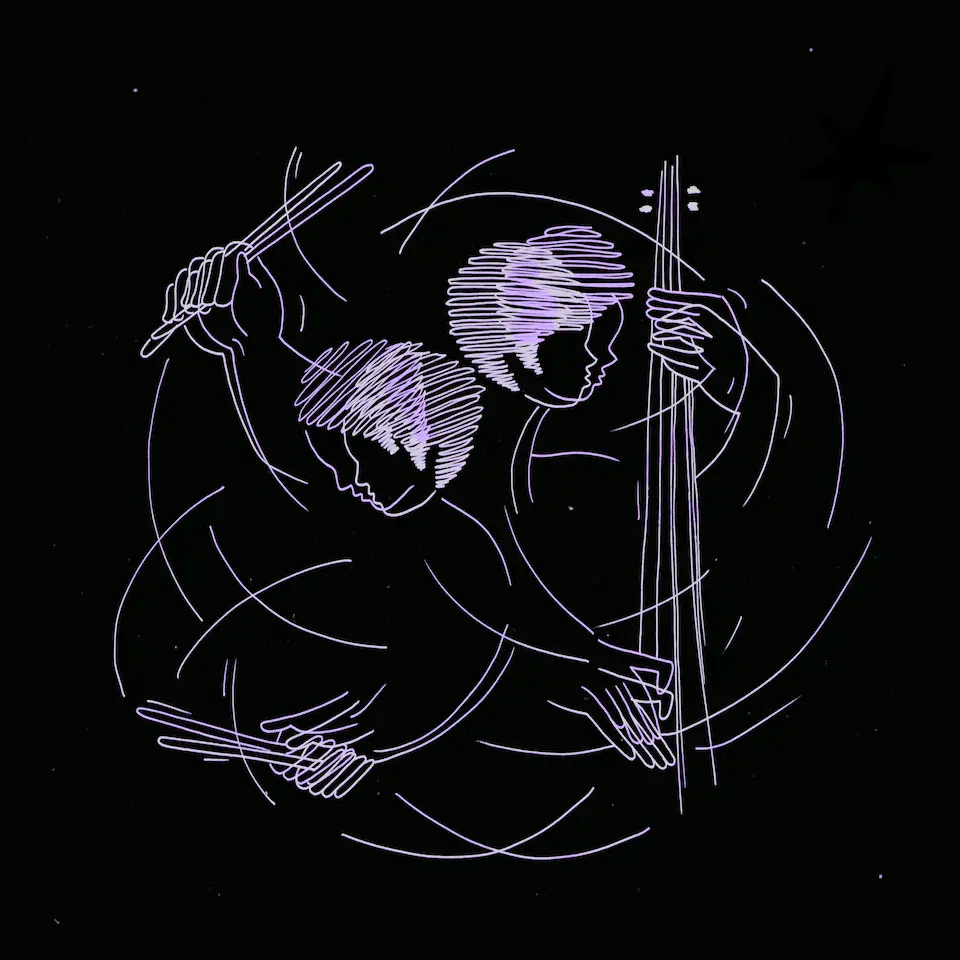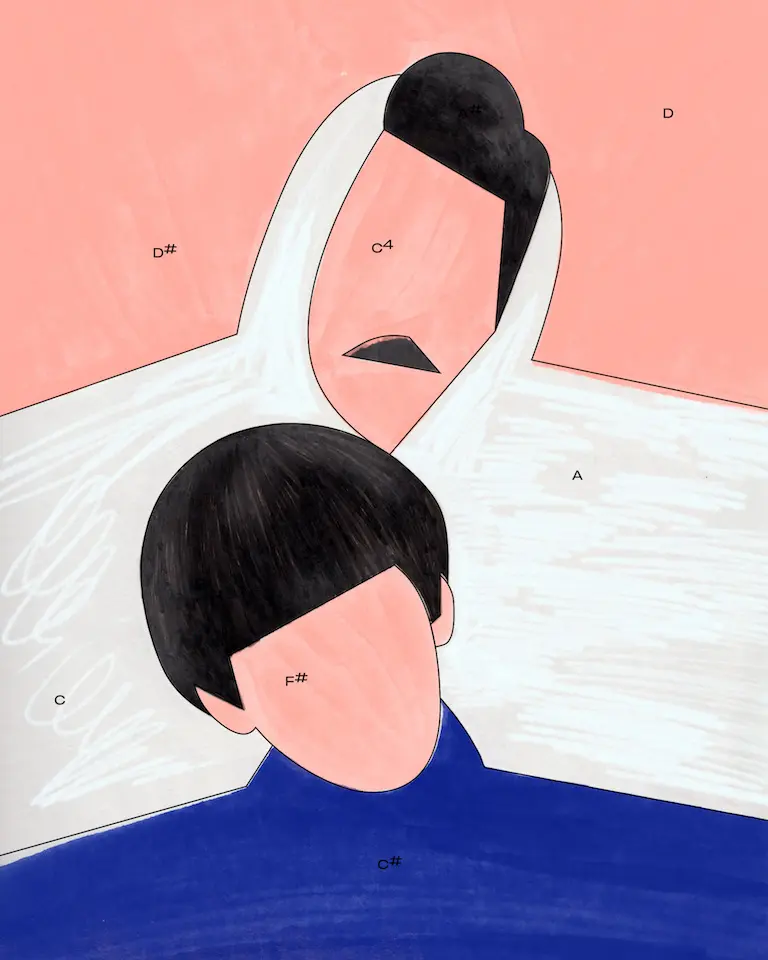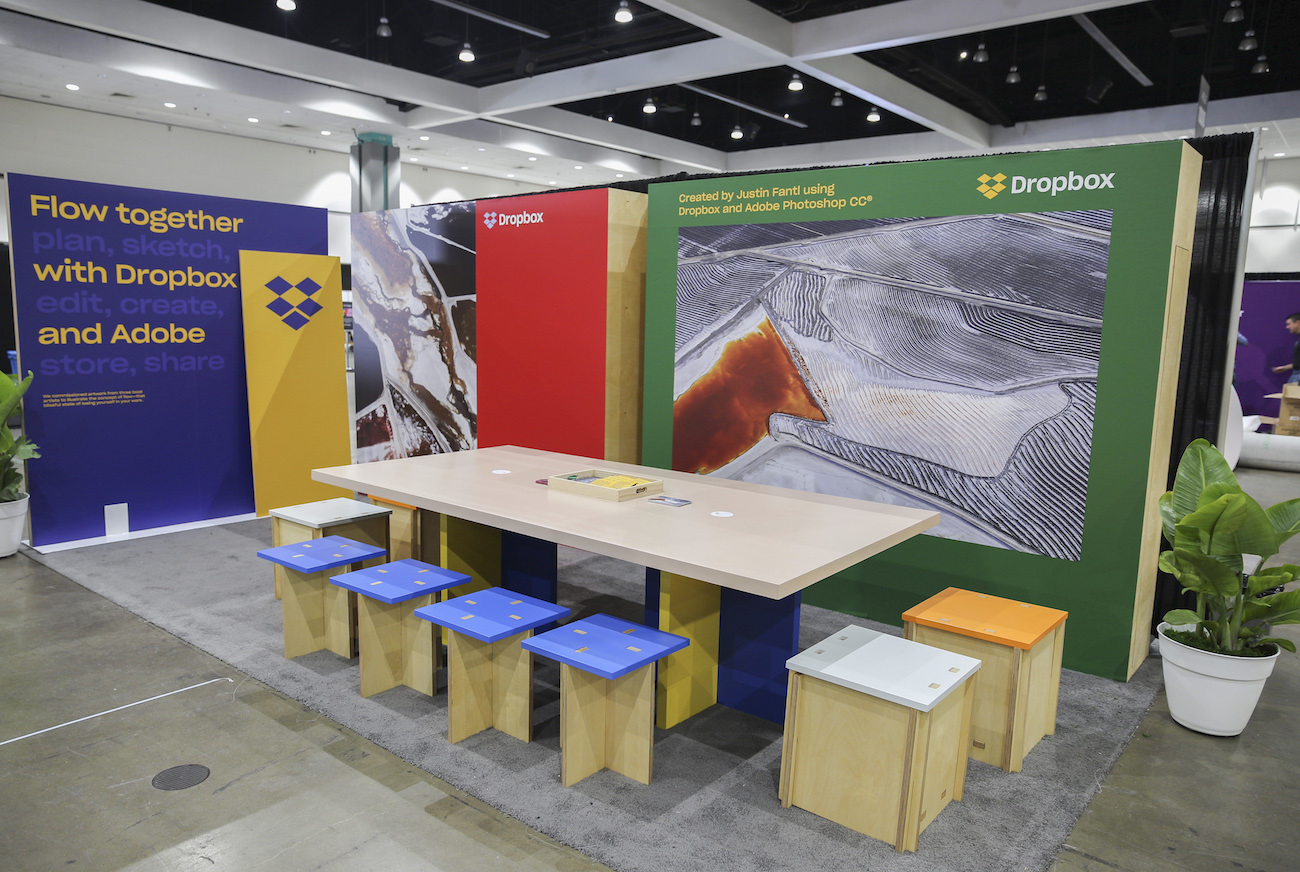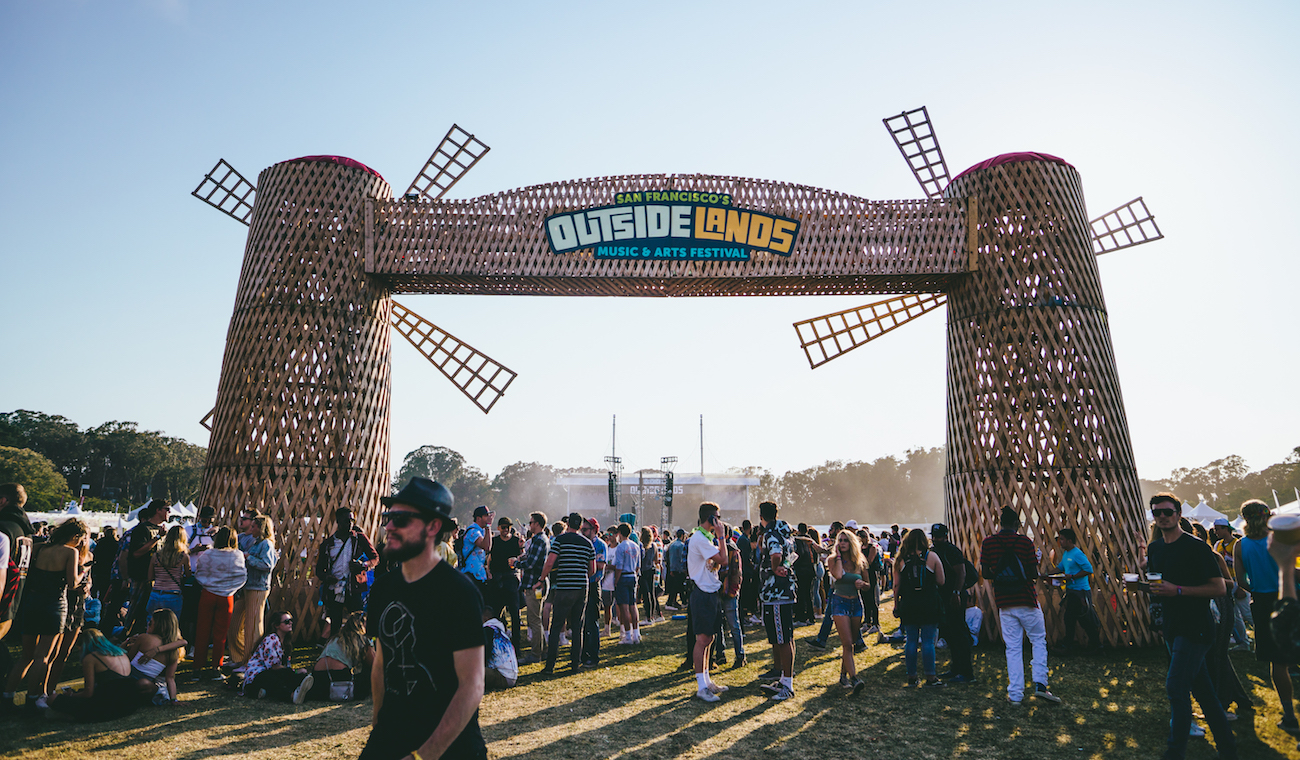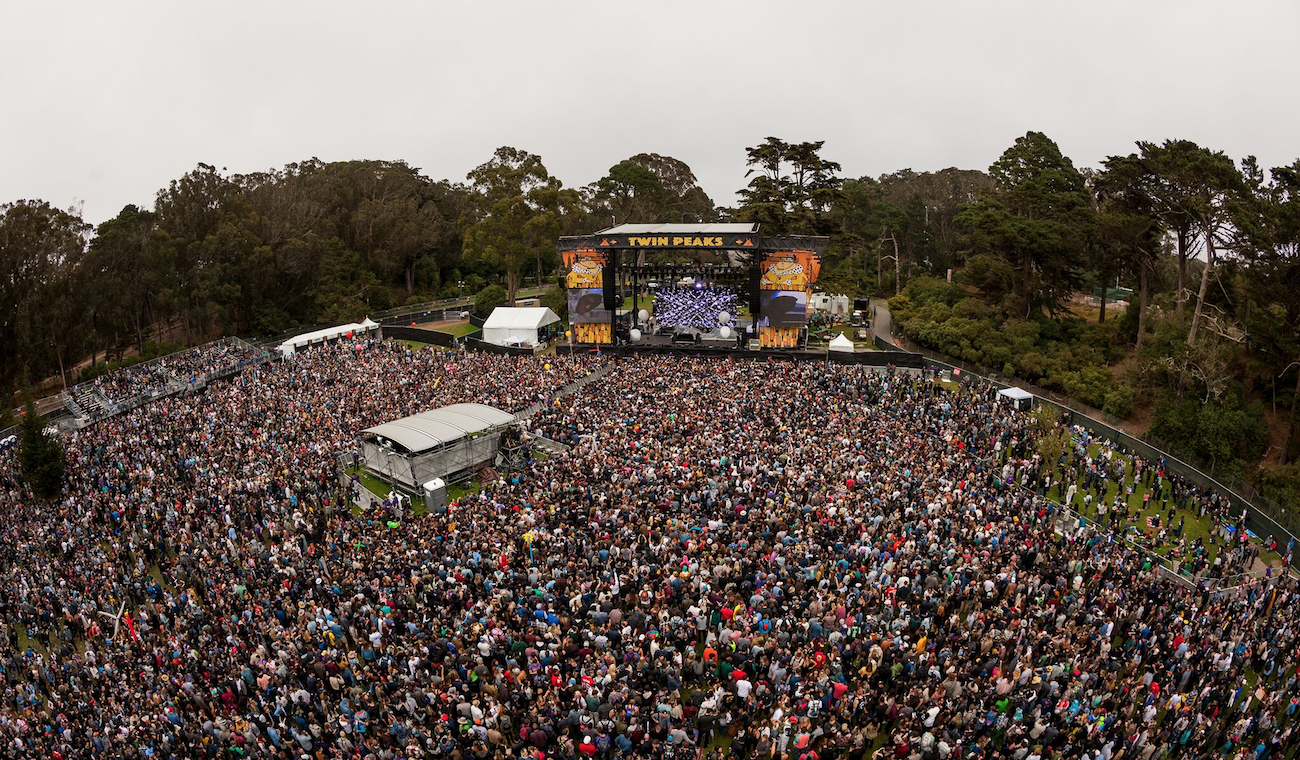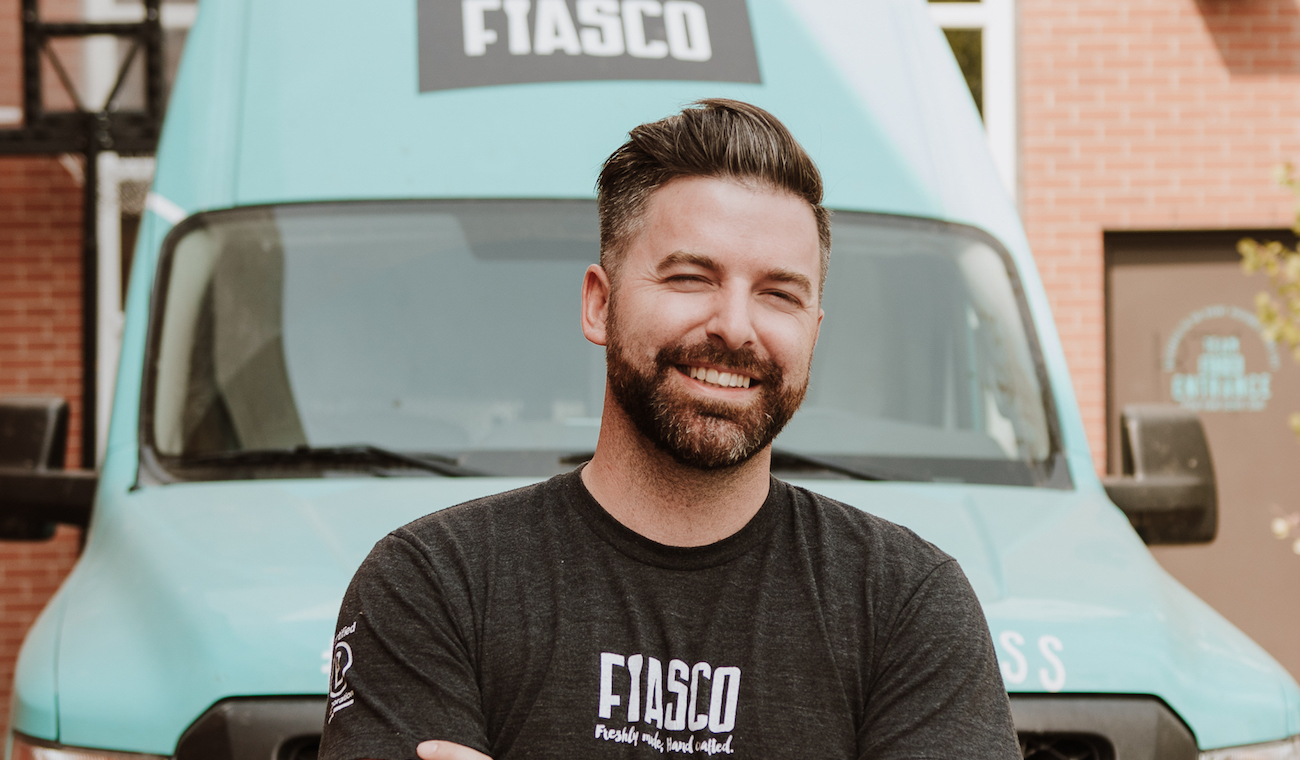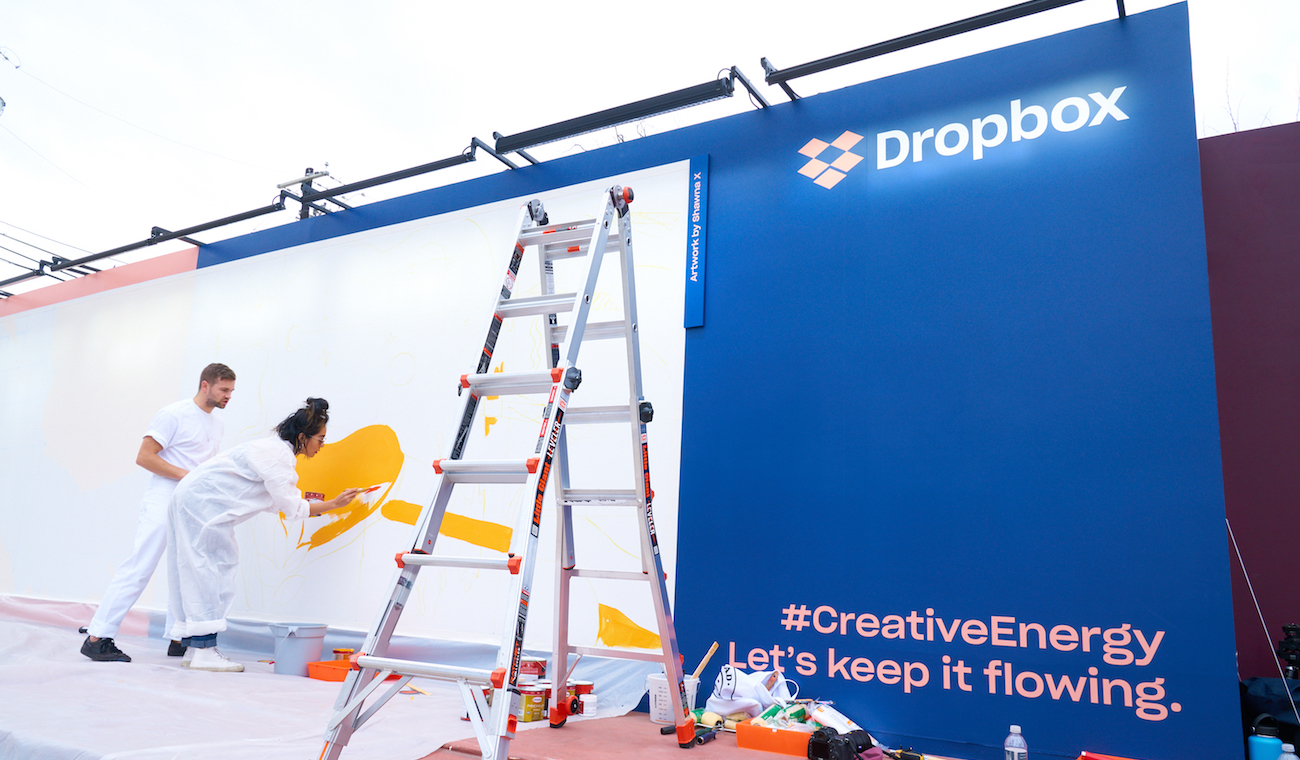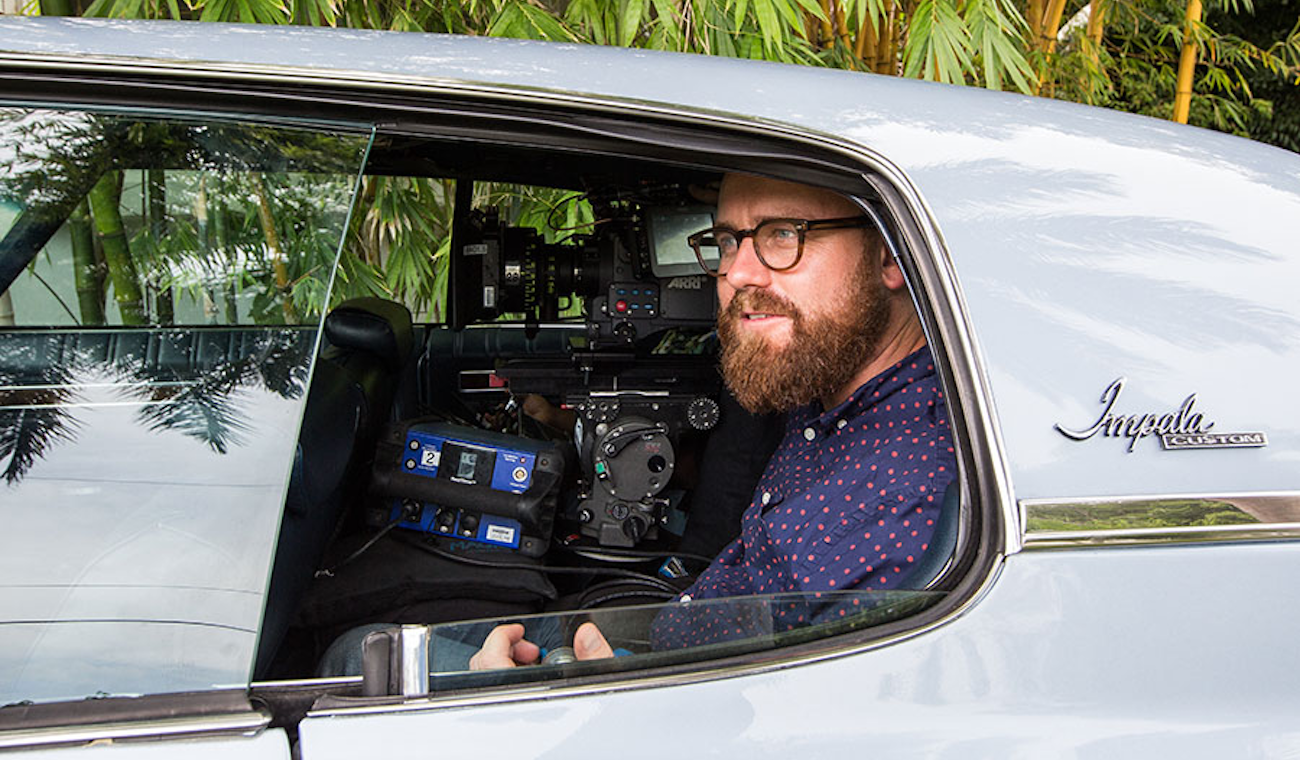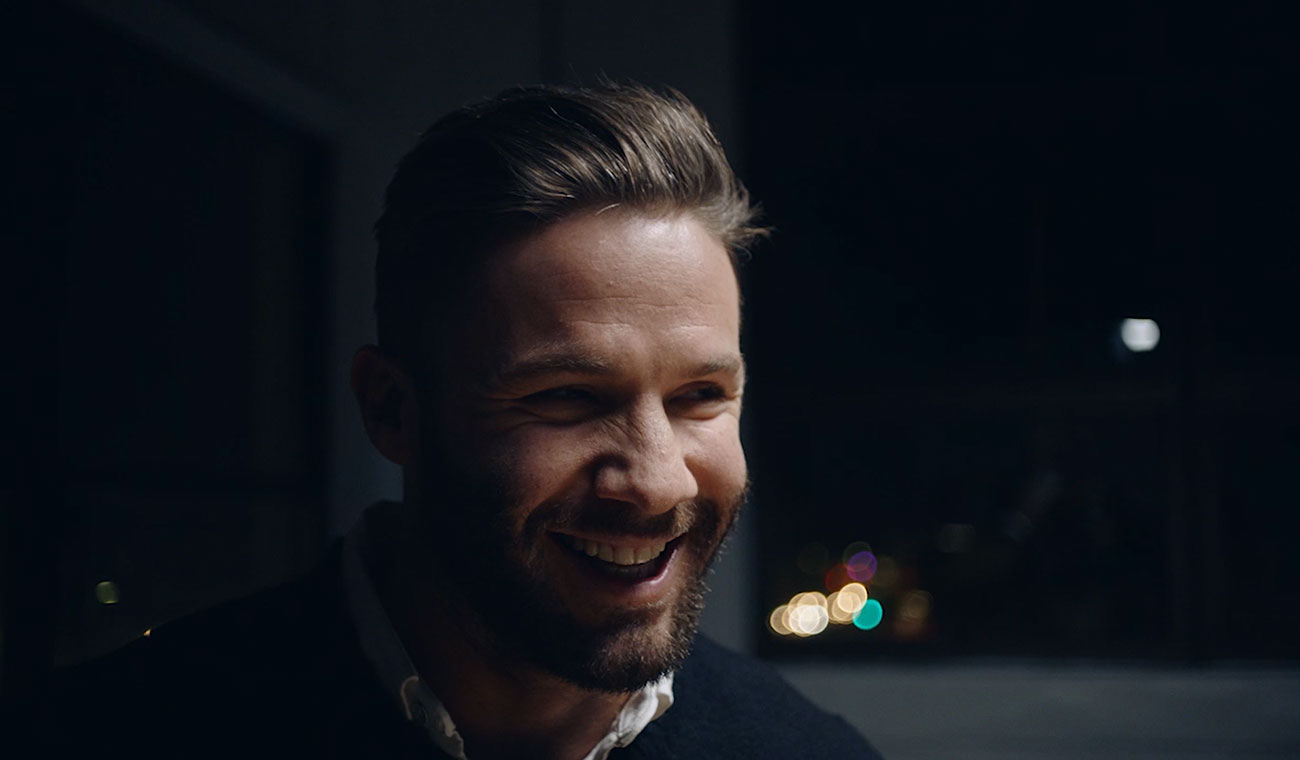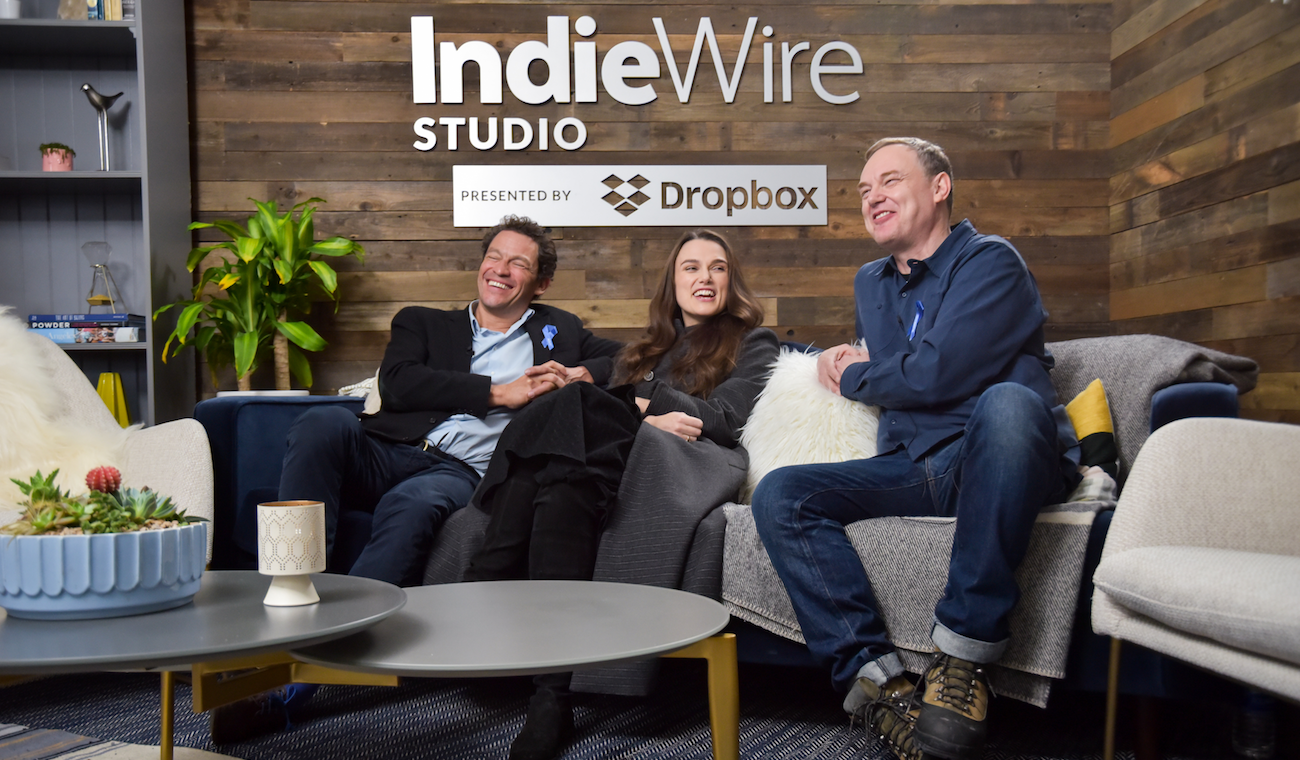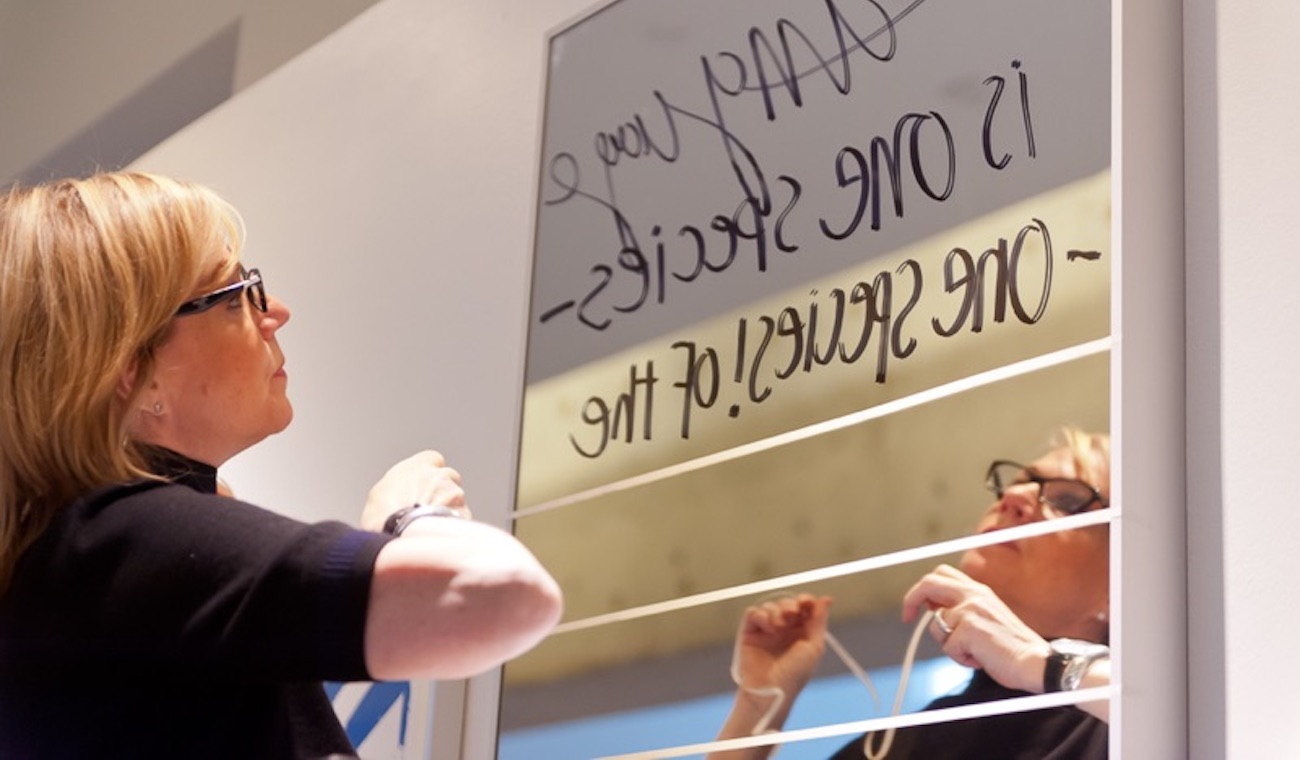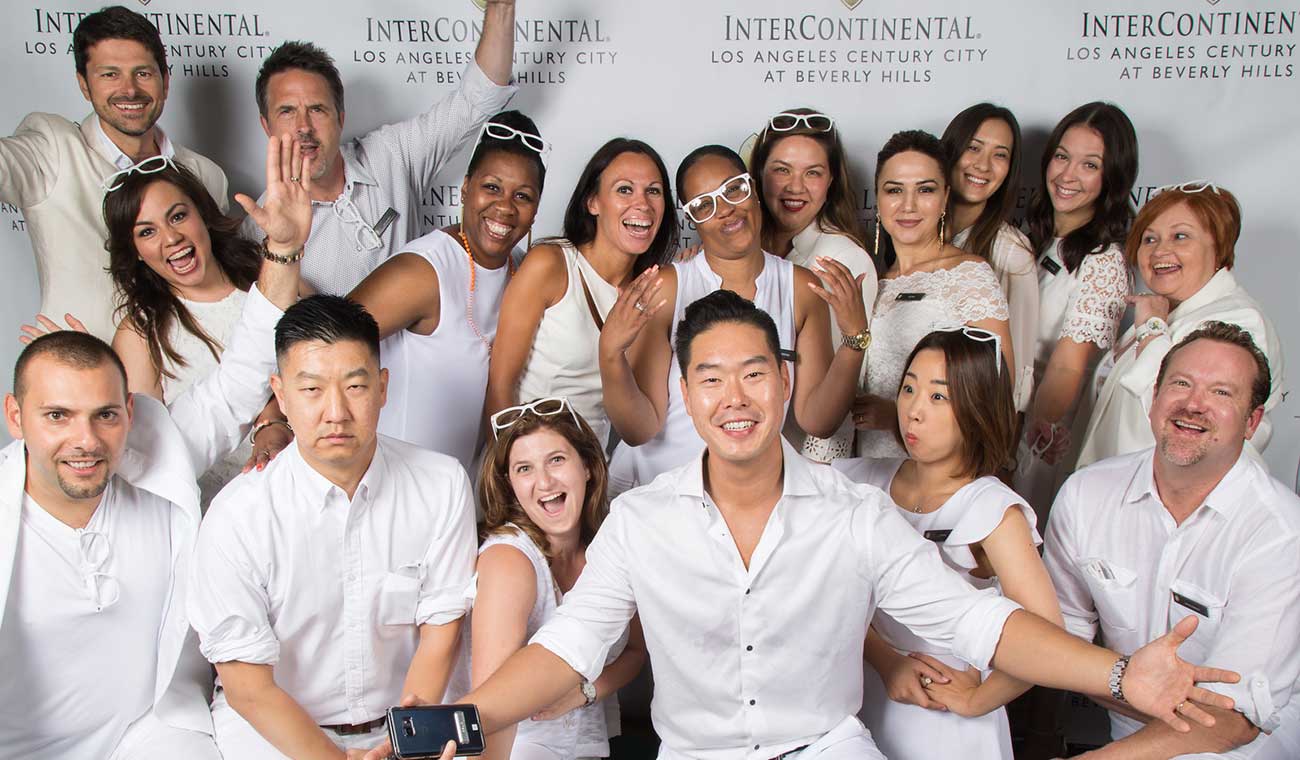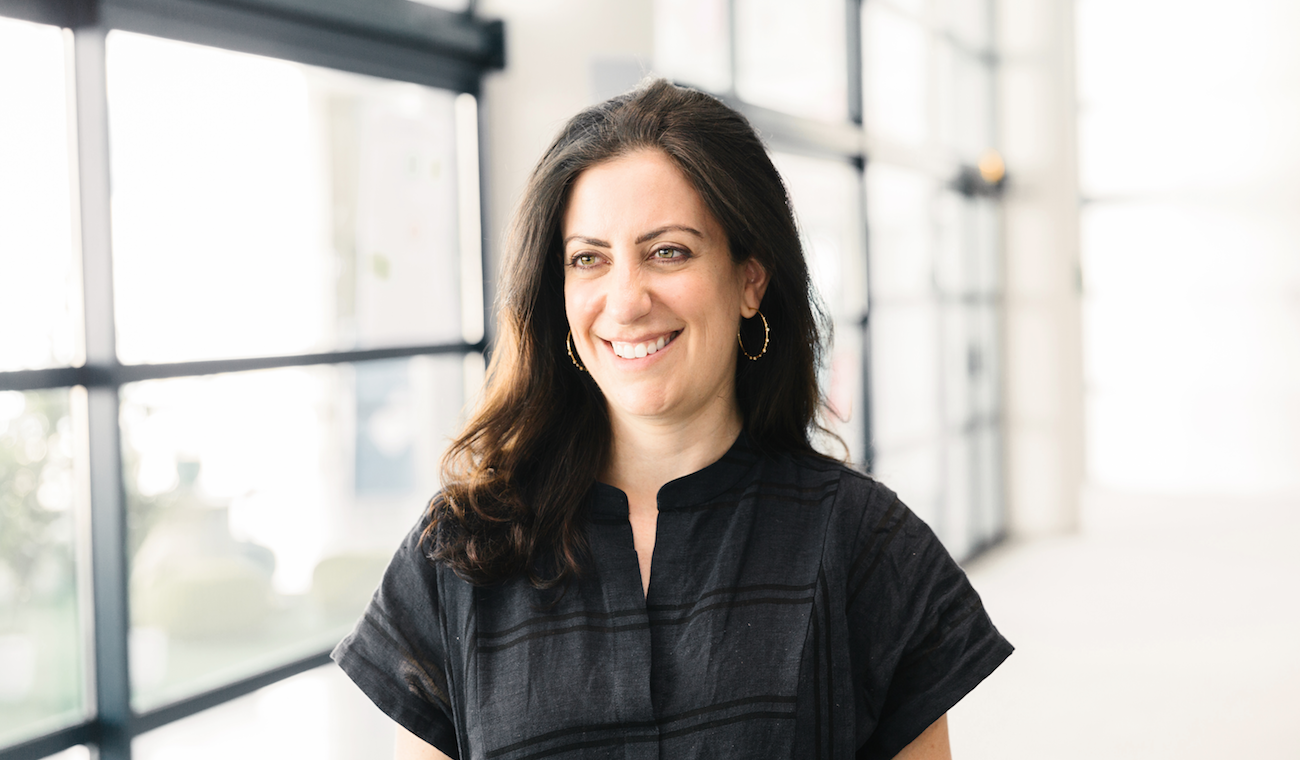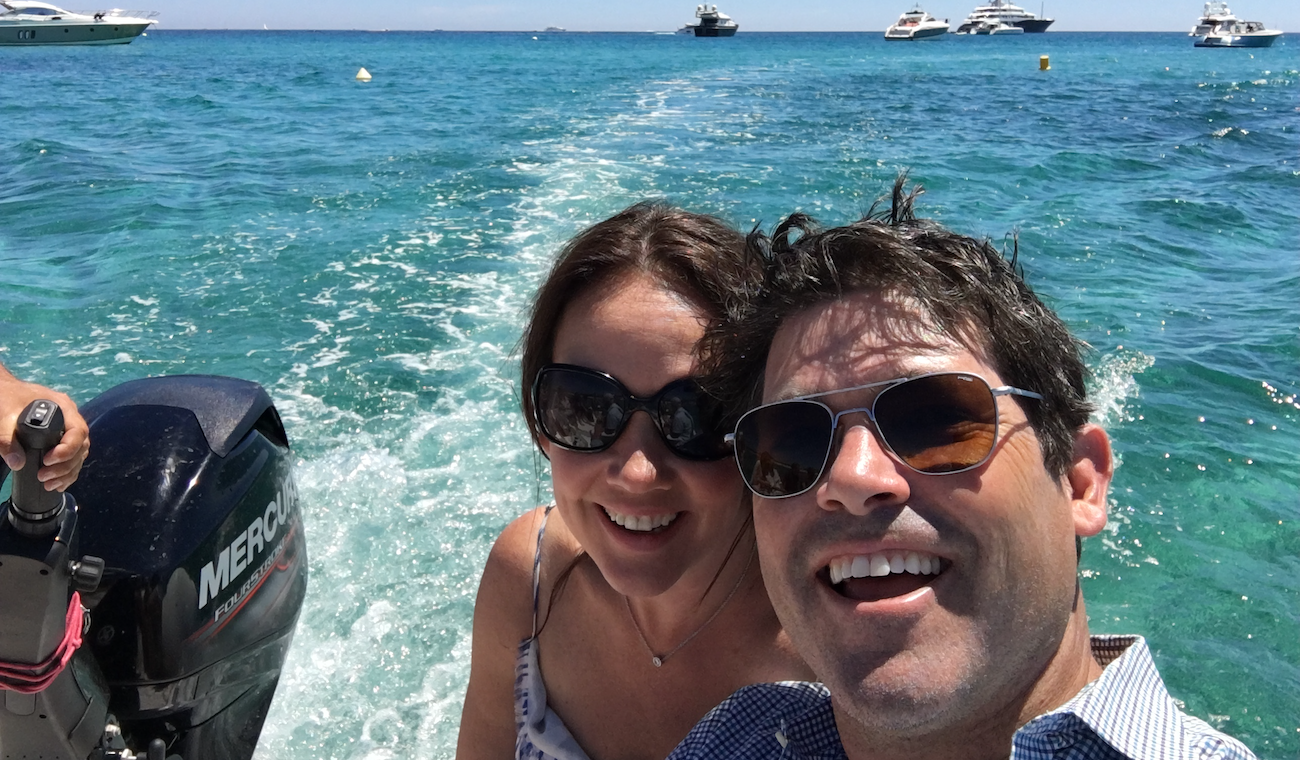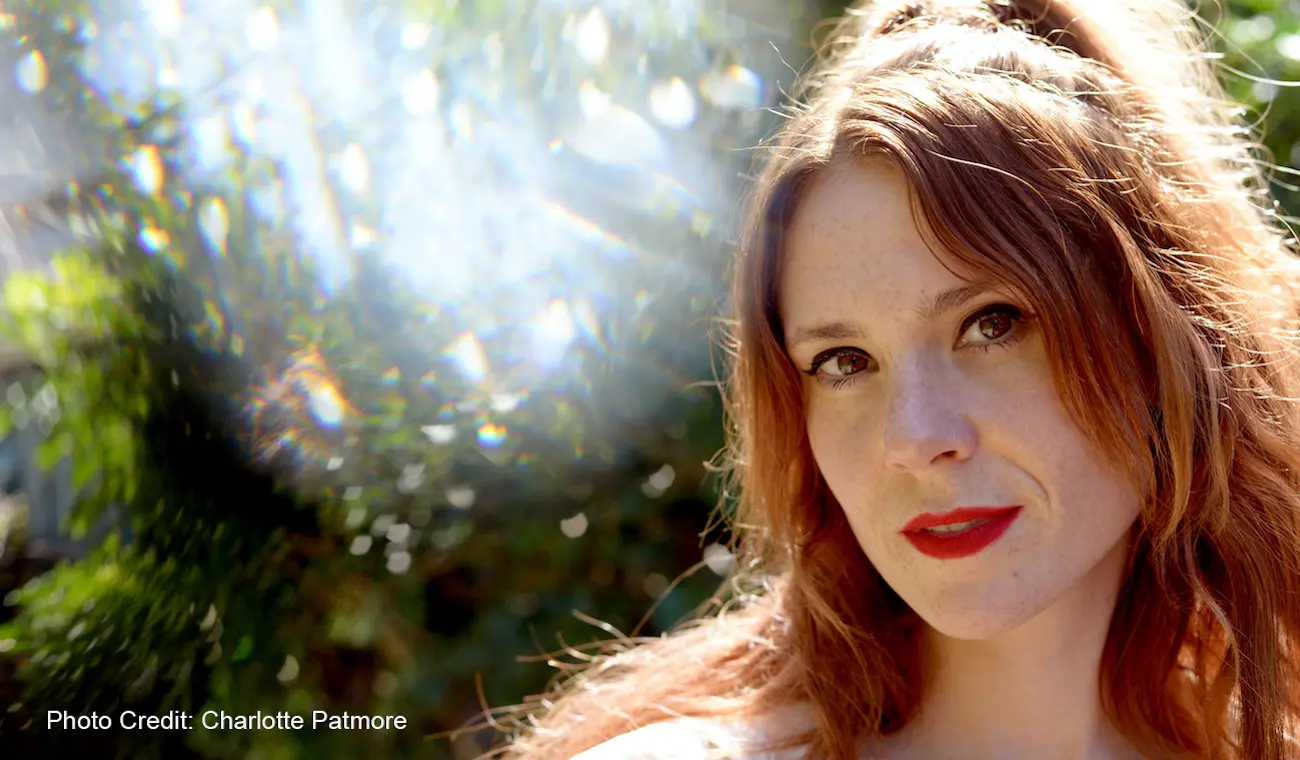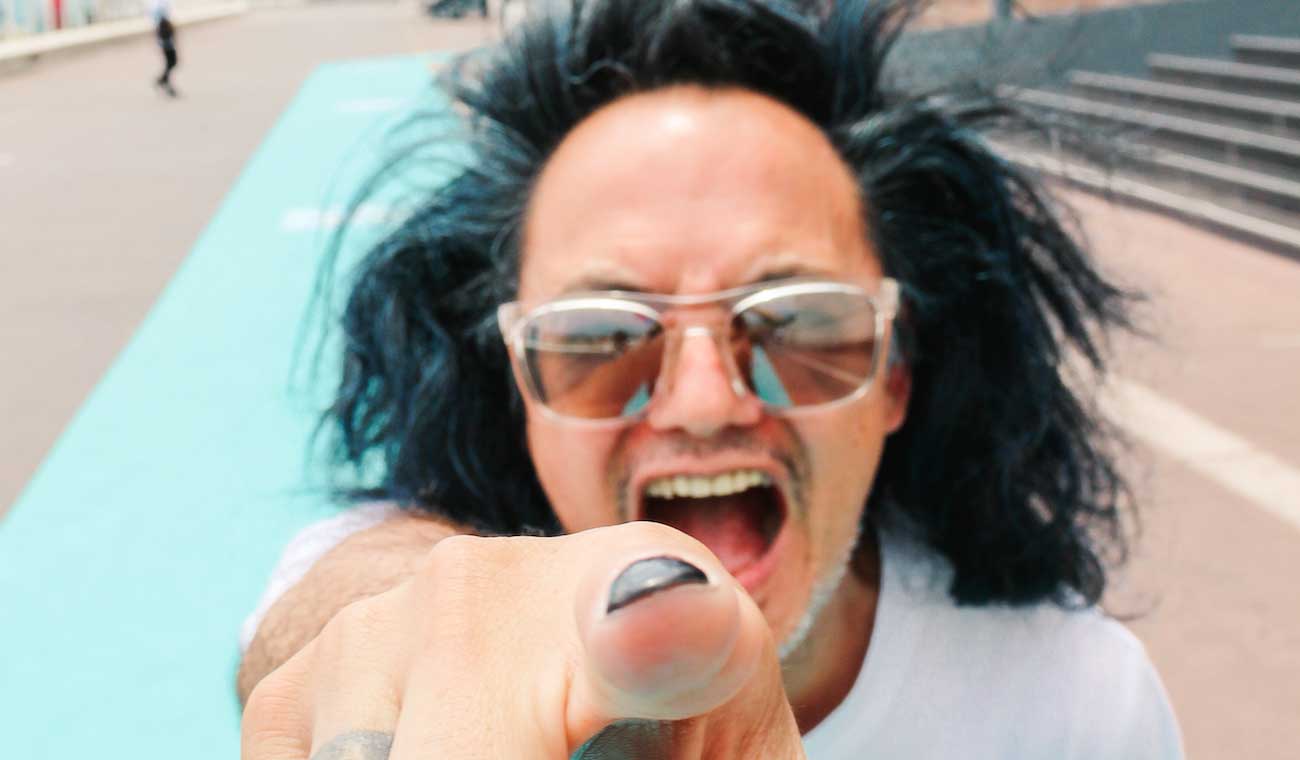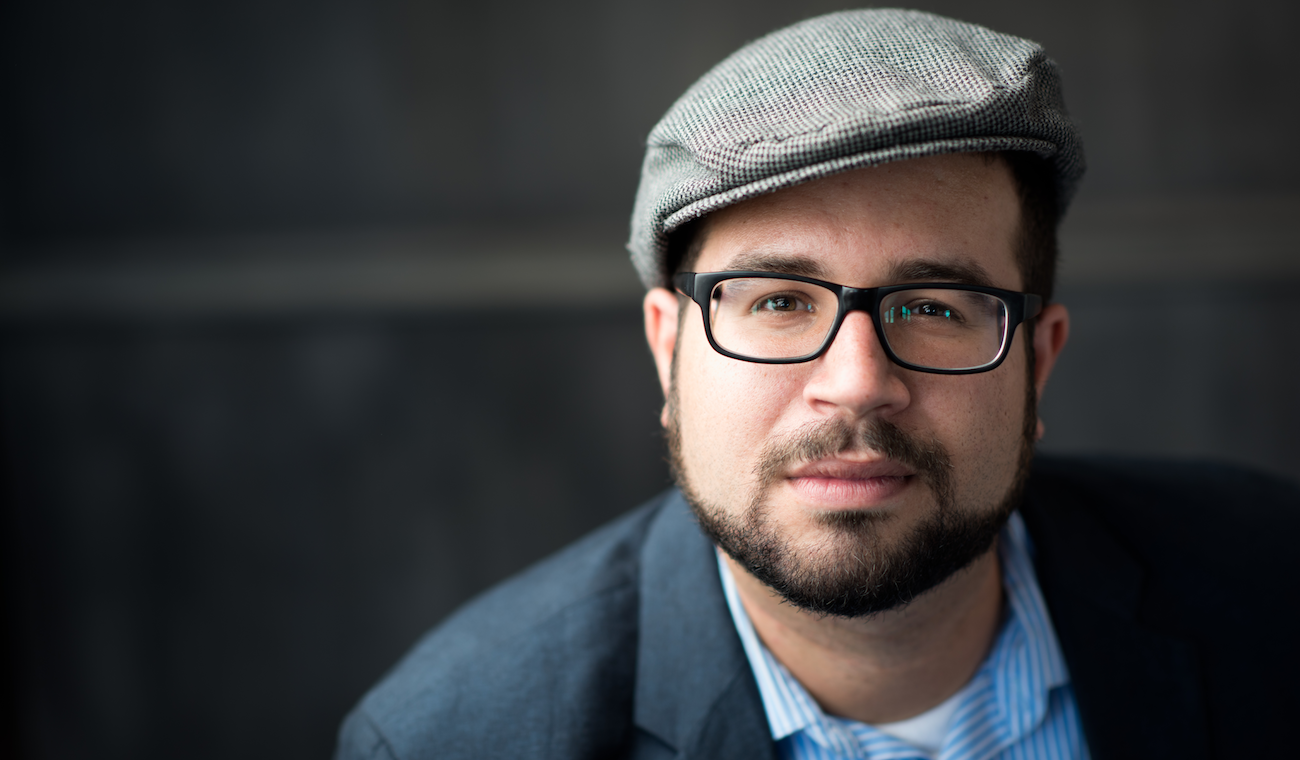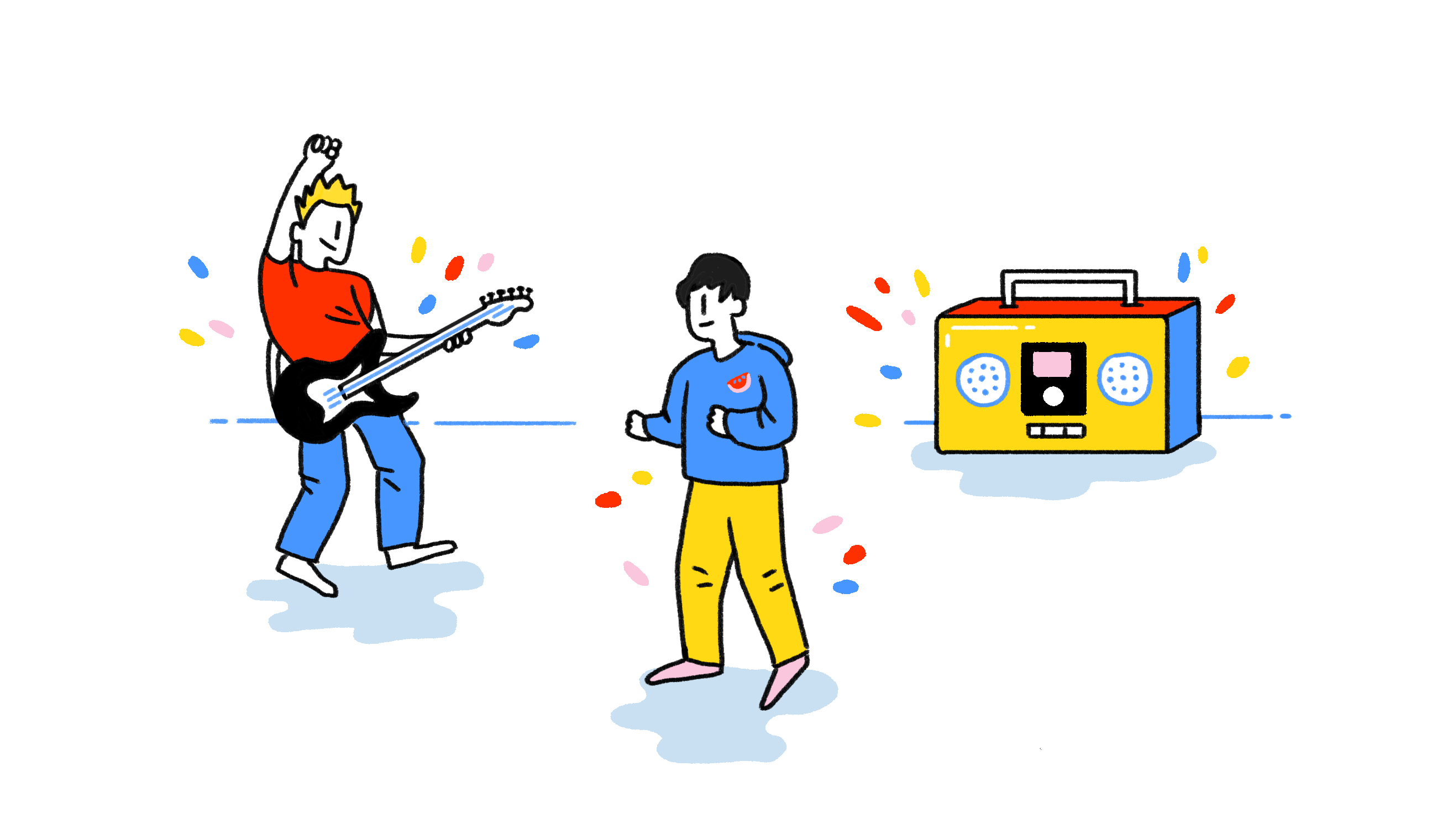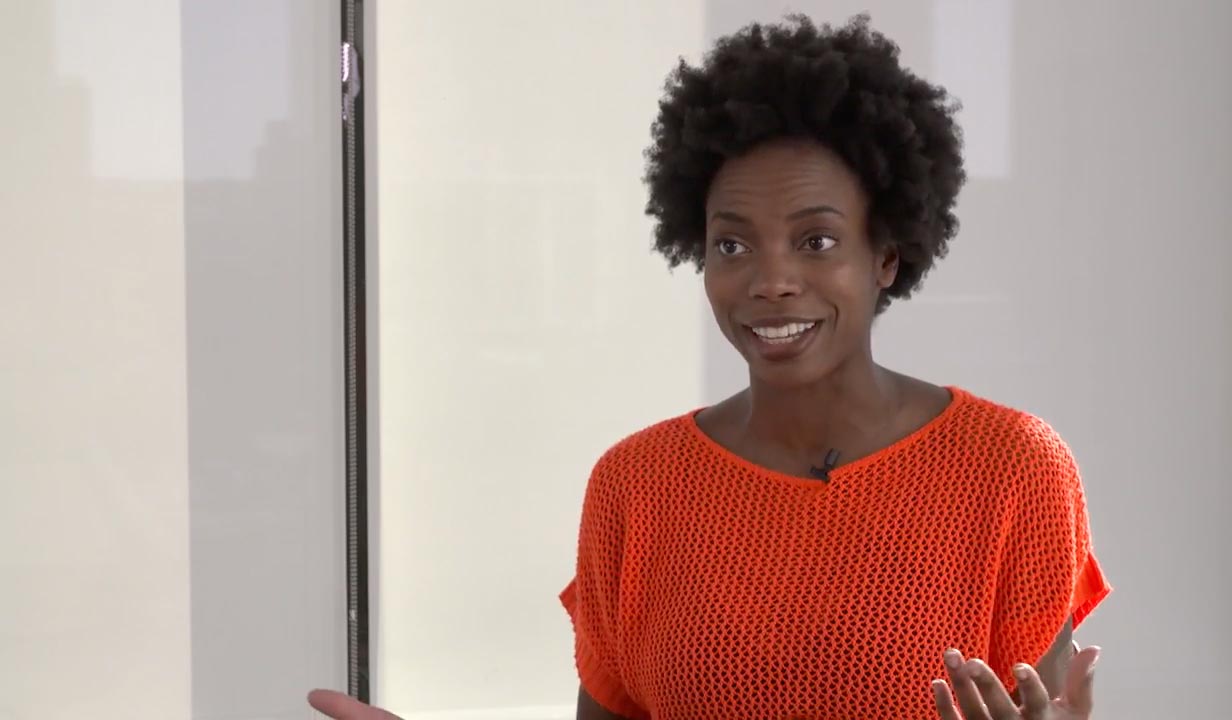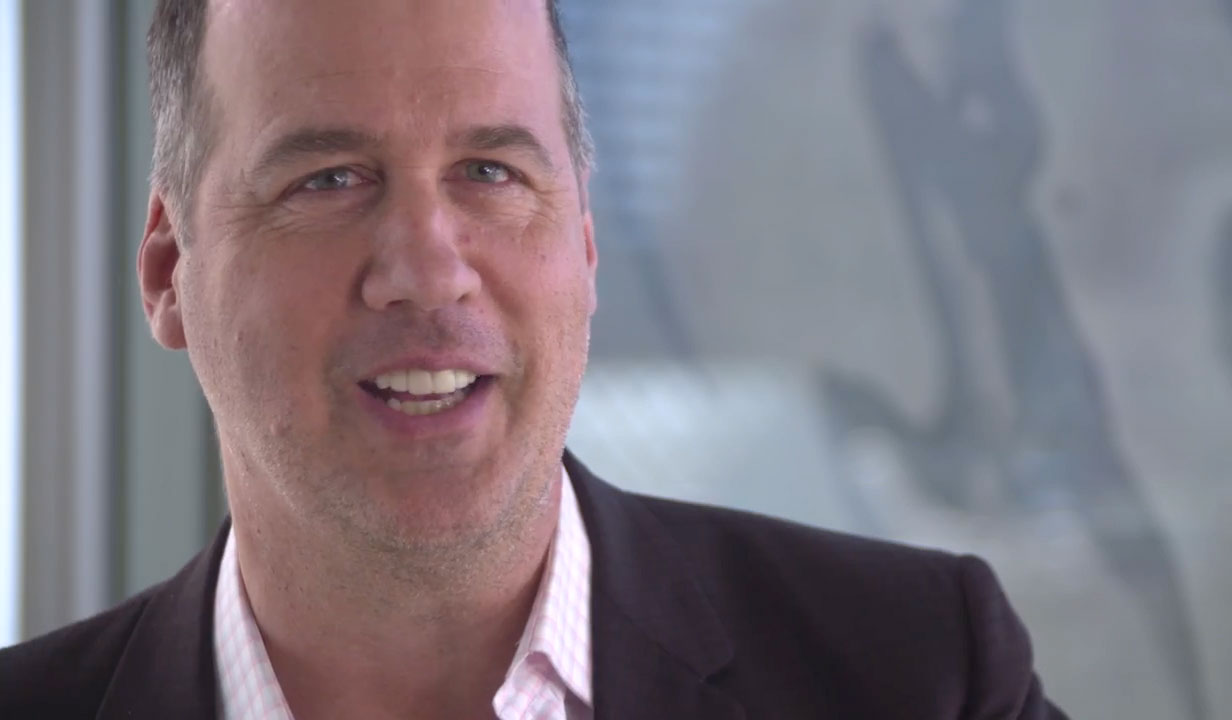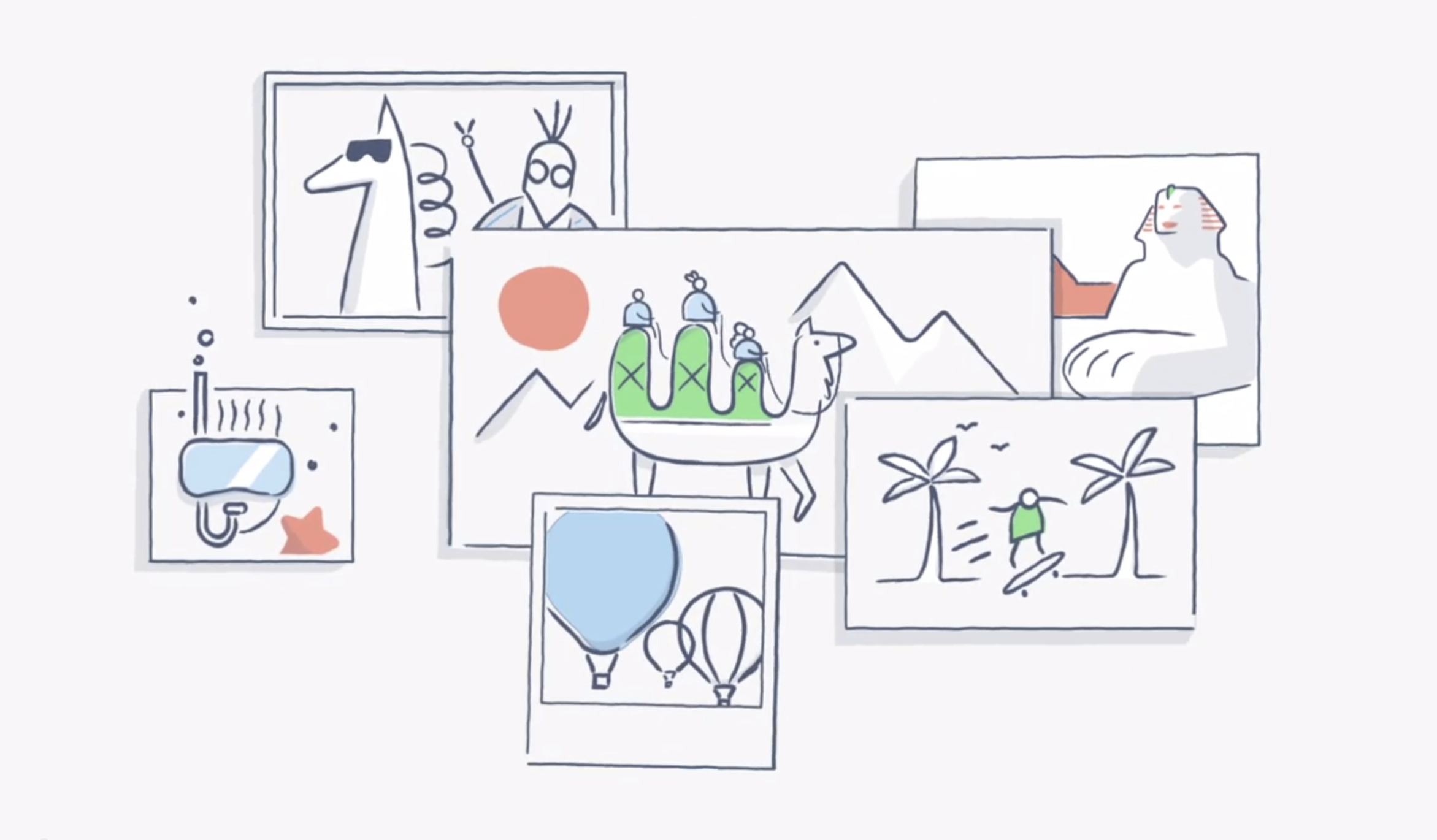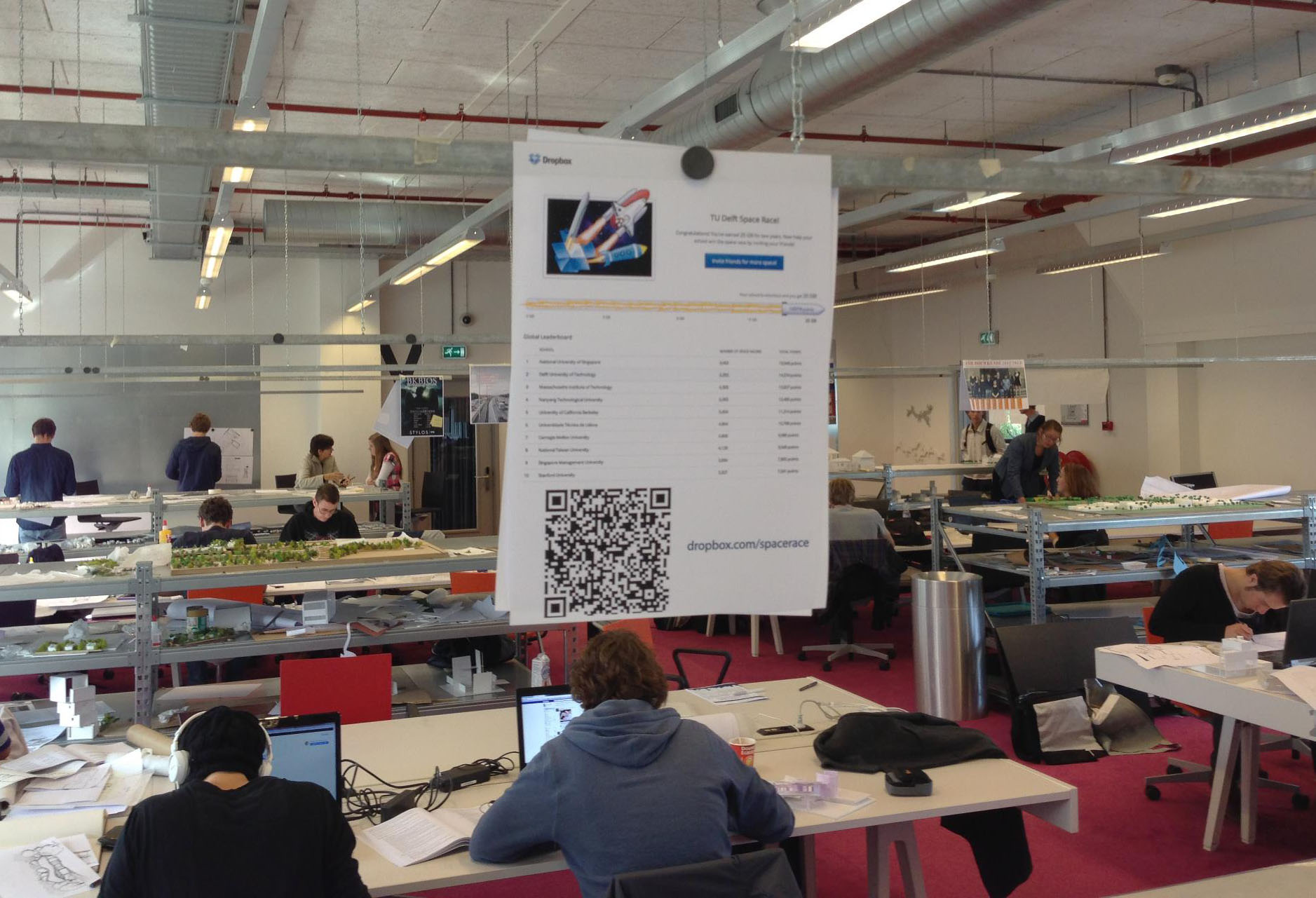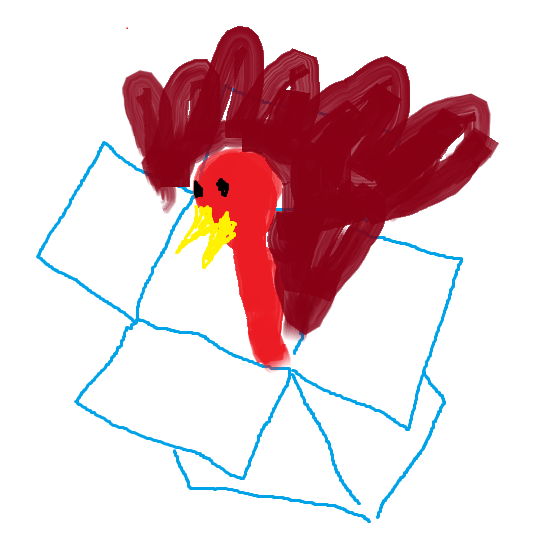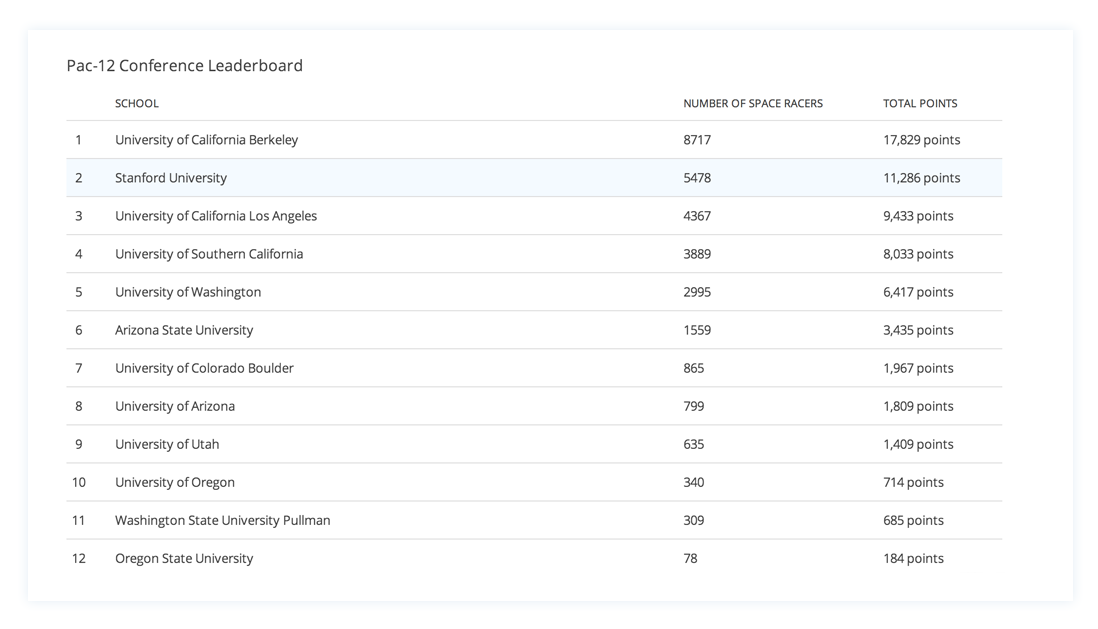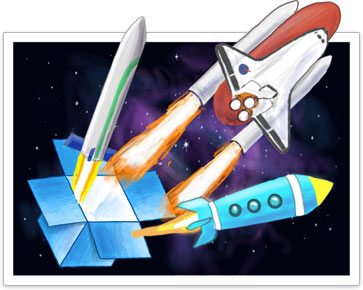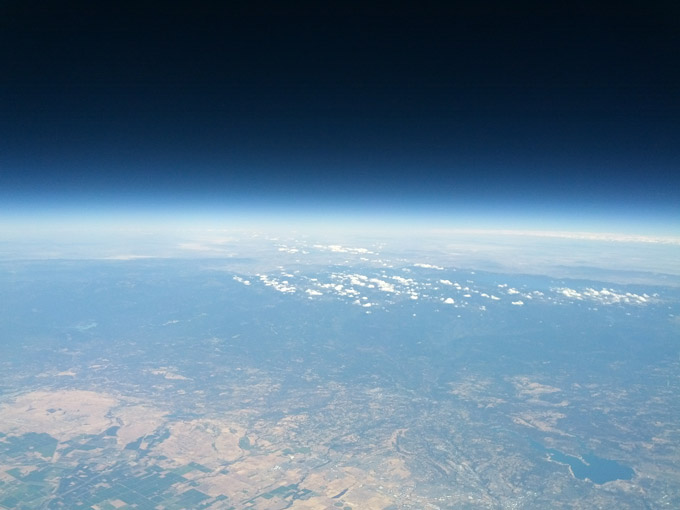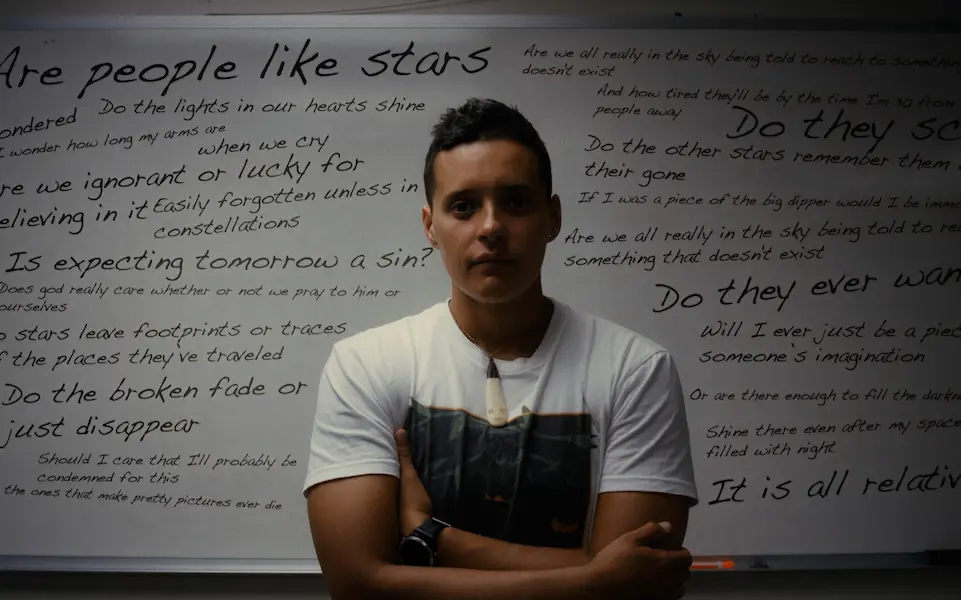
Sundance Film Festival 2021, Dropbox for filmmakers
Capturing a moment in history by chance in This Is The Way We Rise
Published on January 28, 2021
In tribute to teams that bring movies to life, we're talking with filmmakers to learn how they collaborated and completed their projects despite the isolation and distance caused by pandemic lockdowns. Today, director Ciara Lacy and Dr. Jamaica Heolimeleikalani Osorio discuss the making of This Is The Way We Rise, which premieres January 28th at the 2021 Sundance Film Festival.
A few years ago, native Hawaiian filmmaker Ciara Lacy set out to make a movie about the creative process. What she found instead was history in the making.
“What's really spectacular about this film is not just that we got to make connections with people who are excited about poetry,” says artist, activist, and educator Dr. Jamaica Heolimeleikalani Osorio. “But that we got to document the greatest political uprising of my lifetime in Hawaiʻi, of my father's lifetime in Hawaiʻi, of my grandfather's lifetime in Hawaiʻi, by chance—which is another way to say by ancestral intervention. They wanted this story to be told.”
“To show the film when we're all feeling disconnected and alone and isolated and scared, being able to reflect: ‘We were just here. We will get back here again.’ I think that's really powerful,” says Osorio. “The timing is like magic and intervention all at once.”
“To show the film when we're all feeling disconnected, alone, isolated and scared, being able to reflect: ‘We were just here. We will get back here again.’ That's really powerful."—Jamaica Osorio
The project began when Lacy received an RFP from Firelight Media, an organization dedicated to uplifting BIPOC filmmakers. They were looking for short films by people of color about people of color. She immediately saw it as an opportunity to work with Jamaica. We spoke with them about their experience of collaborating on This Is The Way We Rise and what they learned from each other about letting serendipity lead the way.
The film captures a moment when Osorio had been feeling like she’d lost her voice as a poet. She worried that she’d run out of things to say. Then came a political movement that became the catalyst for transformation, the telescope protests on Mauna Kea.
“A lot of people think we set out to make a film about Mauna Kea,” says Osorio. “But Ciara and I got together to talk about this film before the Puʻuhonua o Puʻuhuluhulu had ever been established. In fact, when it came closer to knowing that I was gonna have to go to the Mauna, I thought that the Mauna was going to get in the way of making the film.”
Instead, it became the focus of film’s narrative.
“When I saw our community explode into the protection of Mauna Kea, it reminded me that as a Hawaiian, a lot of what I find important is centered on our people,” says Lacy. “Knowing that connection to our people and seeing what Jamaica was going through, it helped inspire my own creative process. It was invigorating to witness our community in the way that we did. I've never seen anything like it.”
“You couldn't drive down the street without seeing people standing on a street corner just to show their support of native and indigenous spaces and the protection of them. It was absolutely powerful.”
Osorio says it’s been especially inspiring to witness her students organizing and creating digital platforms to help people engage and connect with each other.

“Early in the pandemic, my partner created an art contest for young people to talk about what it means to be a powerful Hawaiian,” Osorio explains. “The exciting part is that dozens of people created stuff about what it meant to be a powerful Hawaiian in the time where we couldn't gather and see what powerful Hawaiians look like. I think they see the importance of art and creativity and holding us all together.”
That mirrored the resilience of the film crew who continued to work remotely when lockdowns make in-person collaboration impossible.
“One of our first editors was in London. Our composer was out of Glasgow. I’m out of Hawaii,” Lacy explains. “So it was a fairly international, but also community-driven project, which is an interesting thing to think about.”
Lacy says that although lockdowns protracted the post production process, the film itself was already being made by remote collaboration with a digital mindset. “Everything I do is digital back and forth. So in some ways, the pandemic didn't impact our workflow. I would get graphics updates, because the film has a lot of text and graphic treatment. Those would all go into Dropbox, then the editor would incorporate it. Every output of a cut, every project file, all the score—that all gets stored on Dropbox because it's very easy for me to use.”
Because Hawaiʻi is so geographically isolated, Lacy has chosen remote work as a default over the last few years. She says it’s crucial to have partners in outside communities who can help translate the work so it reaches people in other parts of the world. “Getting other people to understand what the needs and concerns are for our community only helps the cause.”
As a documentary director, Lacy says it‘s vital to make sure the people on camera feel connected to the film. “If the work doesn't feel like it’s partially theirs, it's not successful. Their face and their story is what will carry the piece through. So honoring them and their work is paramount. The through line for the piece is what collective action does for community and what that contribution can mean. This film isn't about me as a director. It’s about helping uplift Jamaica's voice and our communities.”
“For me and a lot of folks who've seen the film, I know it's allowed them to remain connected to something that seems really far away,” says Osorio. “Both through the amazing work of Ciara and the rest of the team, but also because we were documenting a really spectacular moment in history, honestly, just by chance. “
To learn more about This Is The Way We Rise and explore the Sundance Film Festival’s new online platform, visit festival.sundance.org
To read about the making of this year’s films, visit our Sundance 2021 Featured Collection.


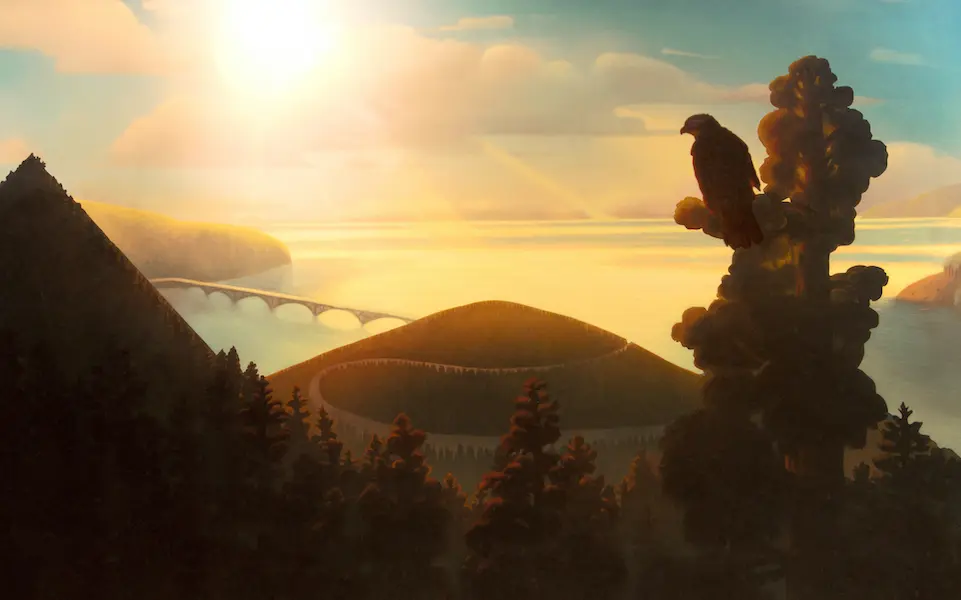
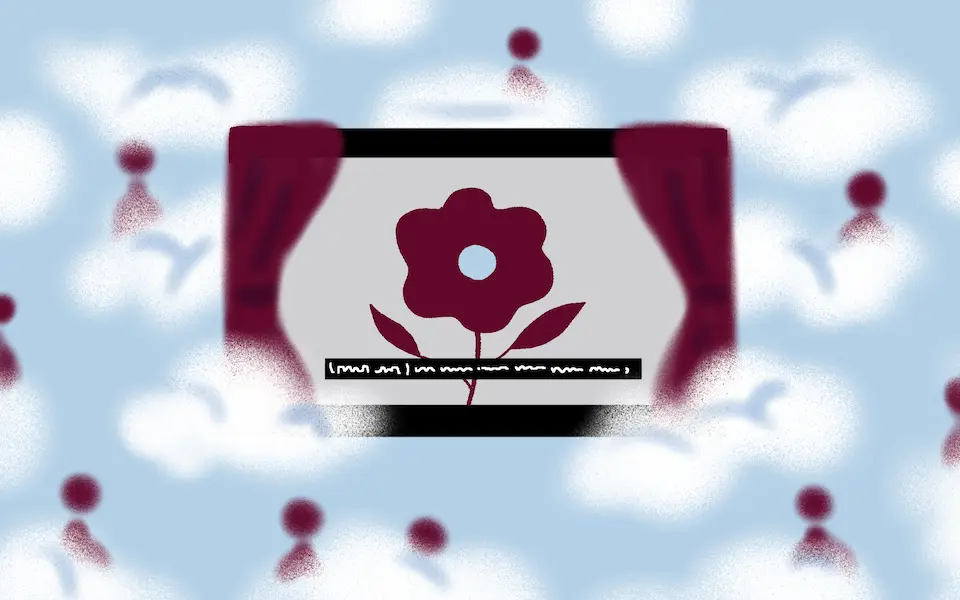
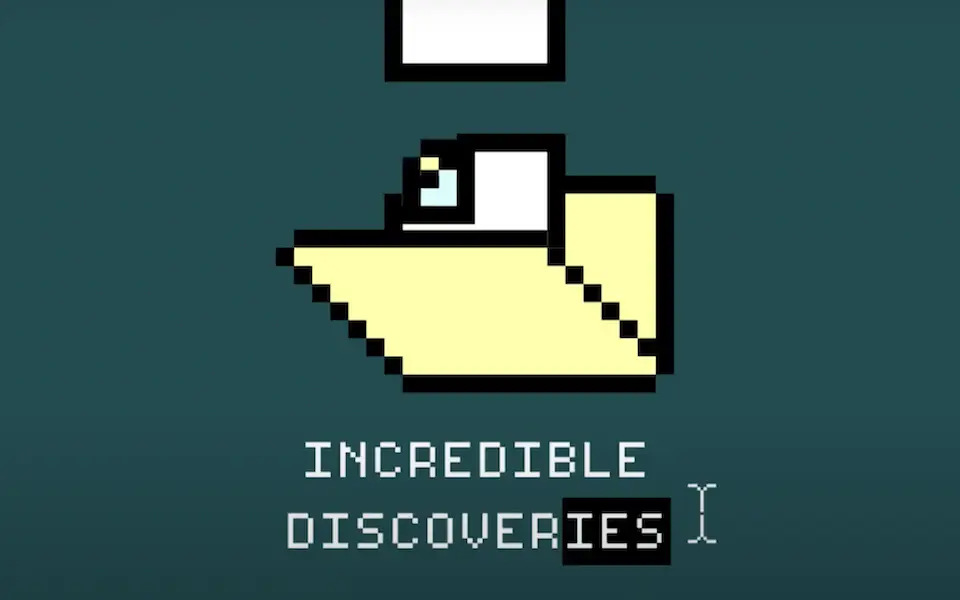
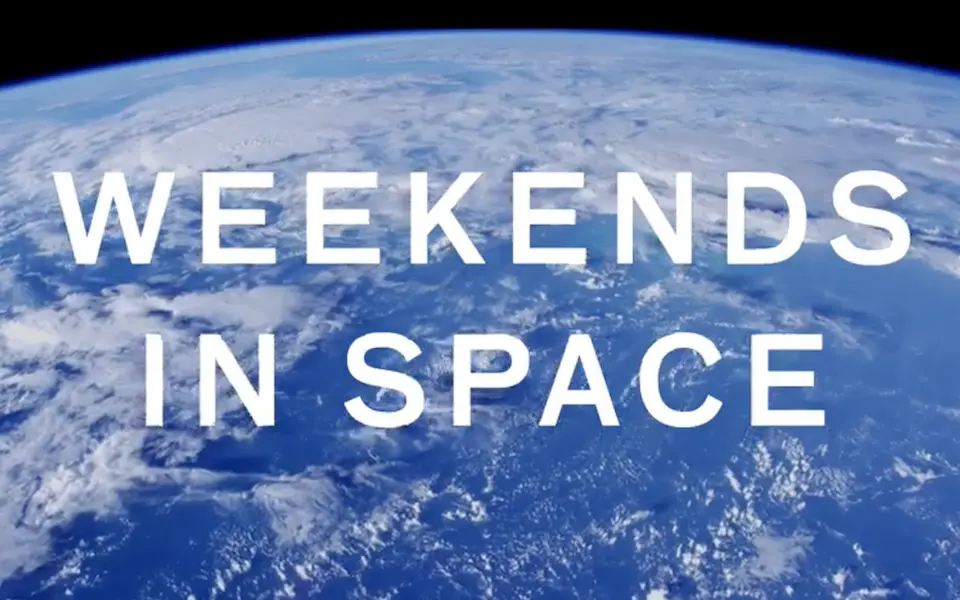
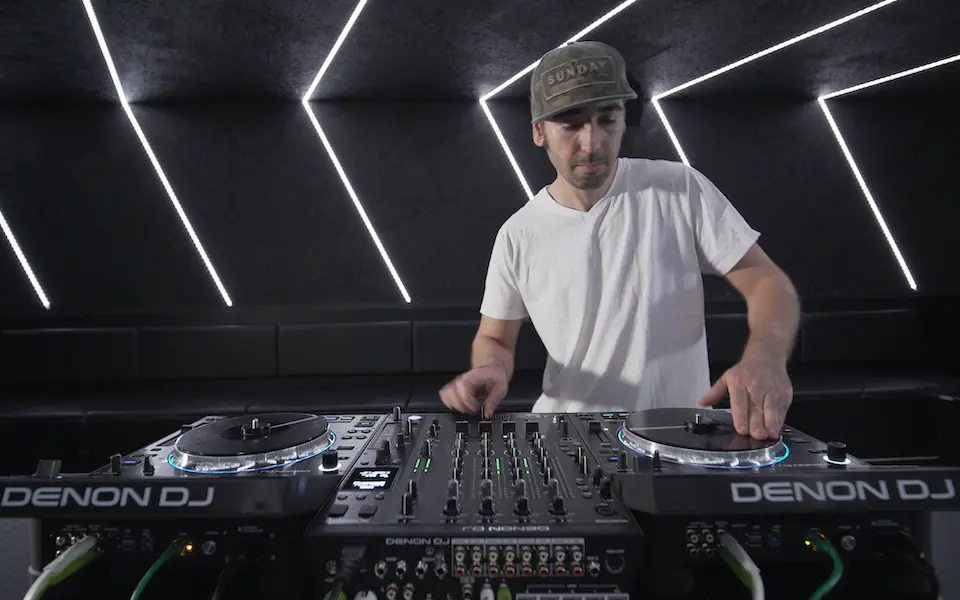
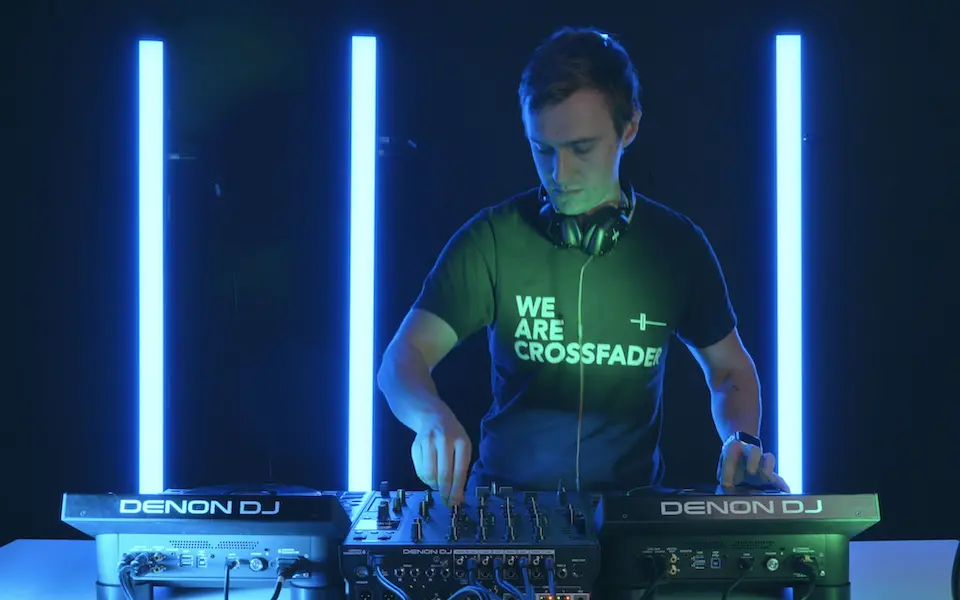



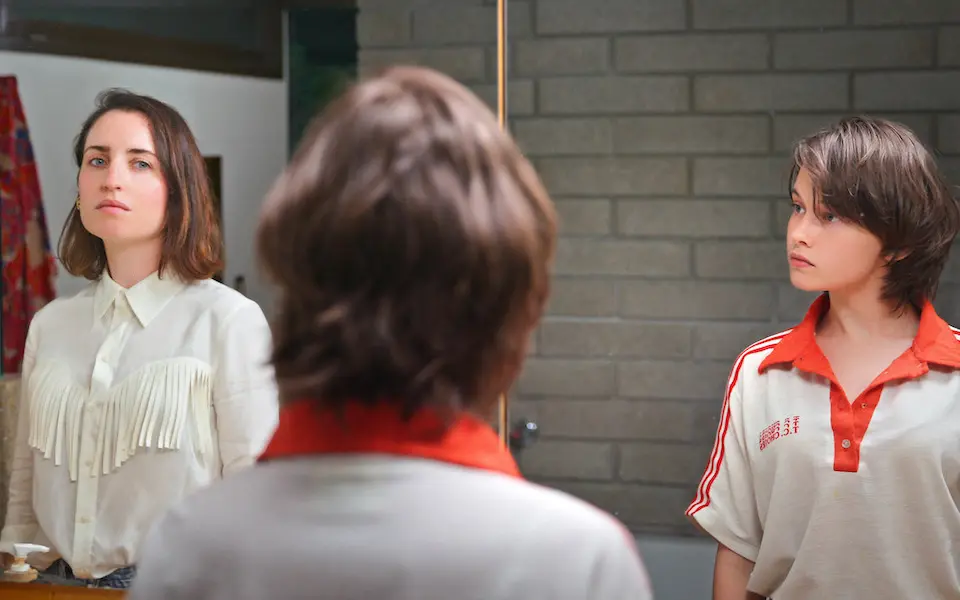
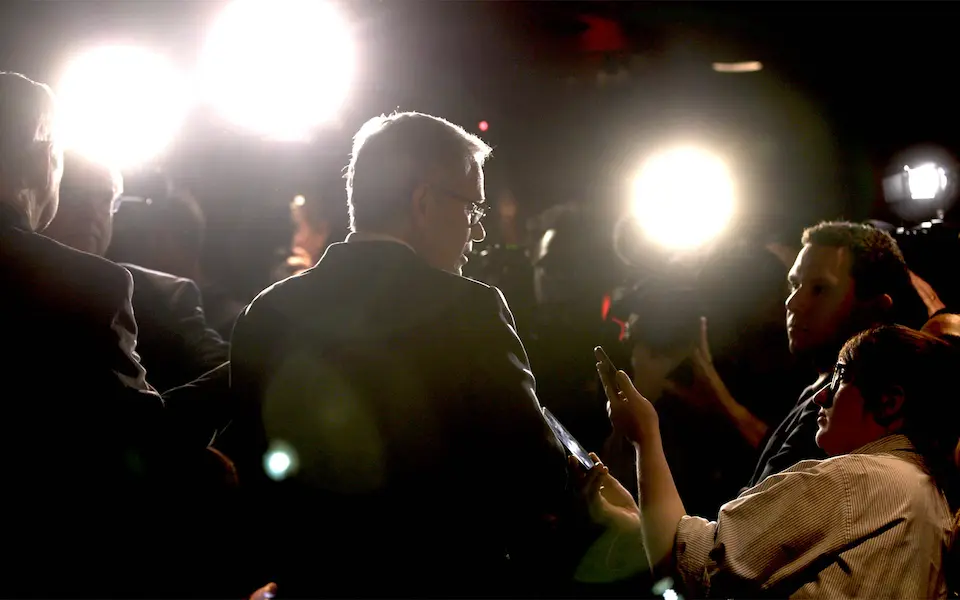
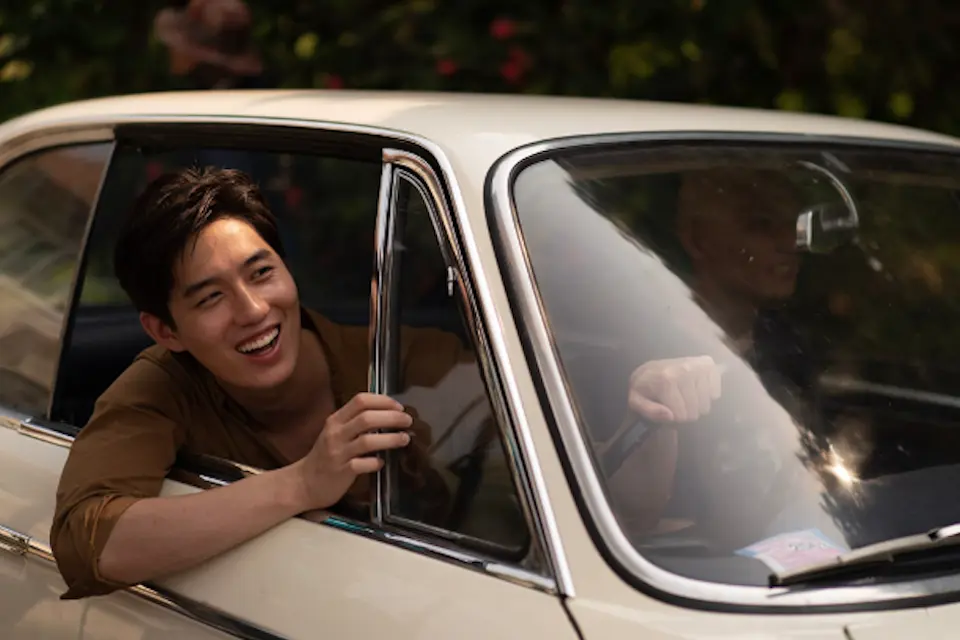

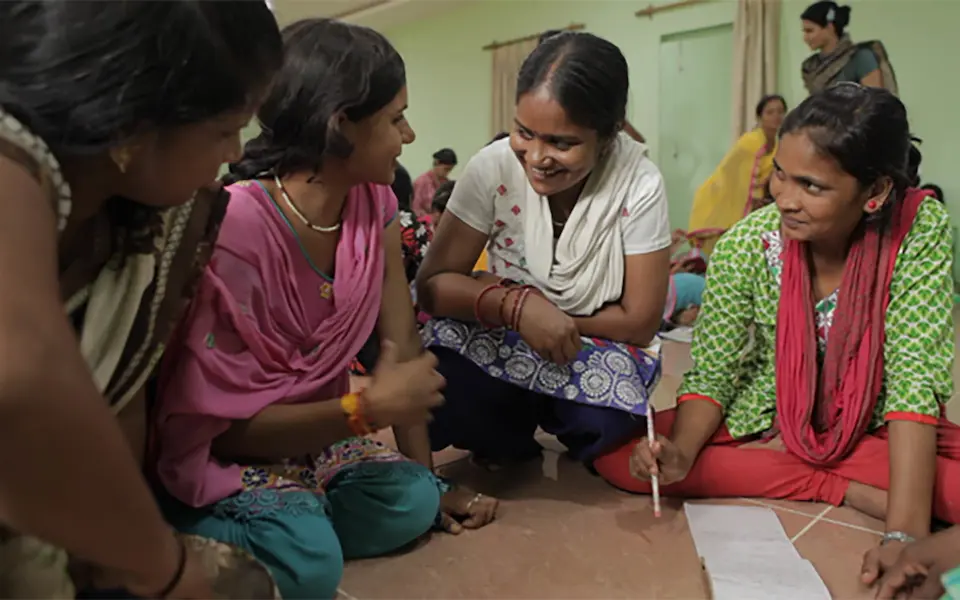
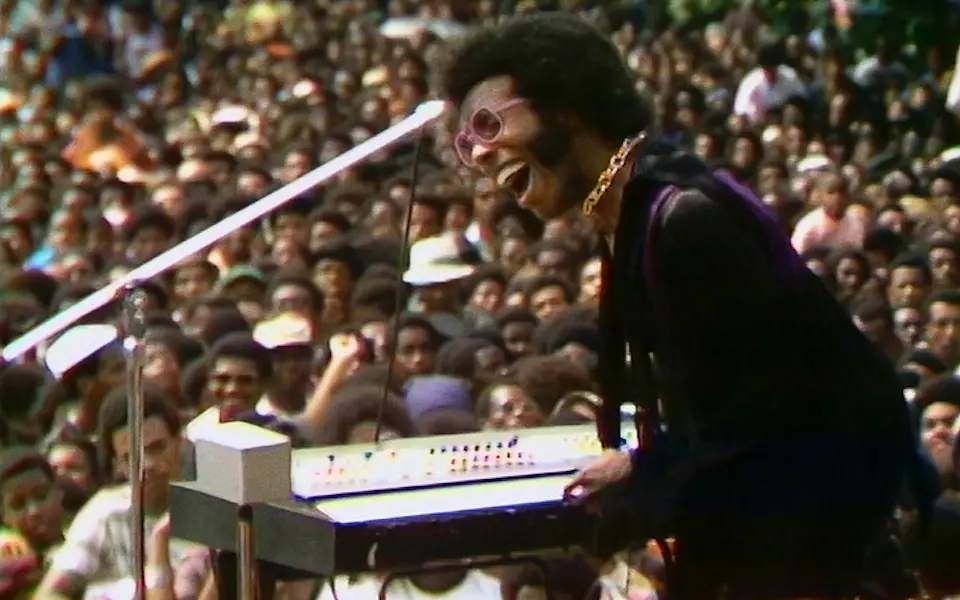
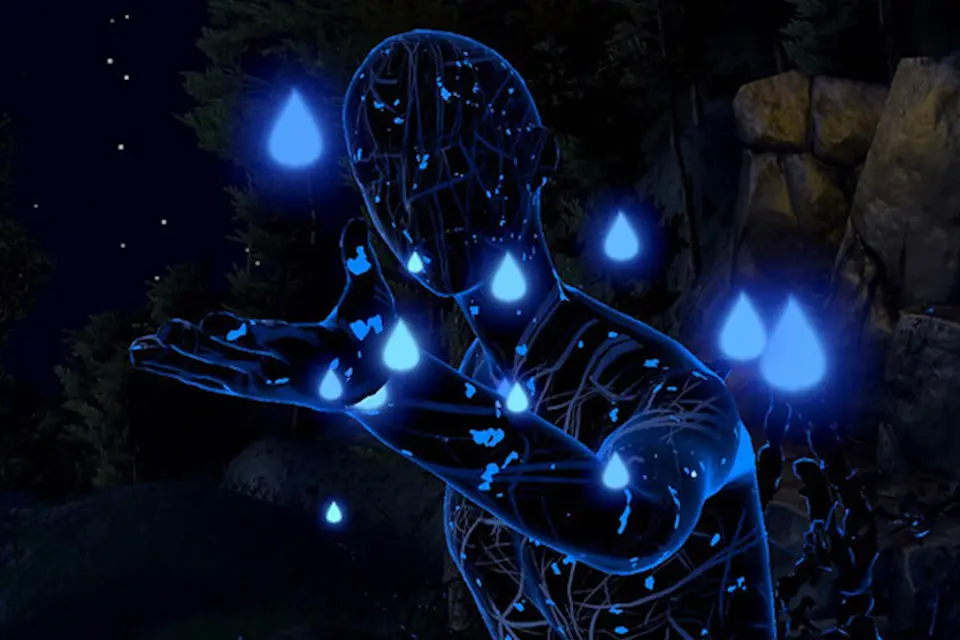
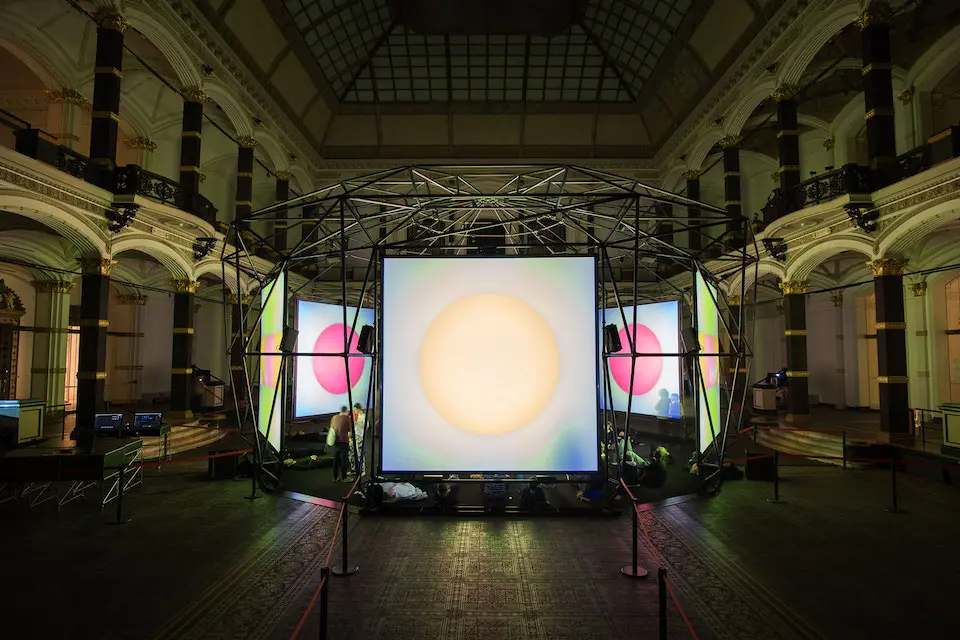




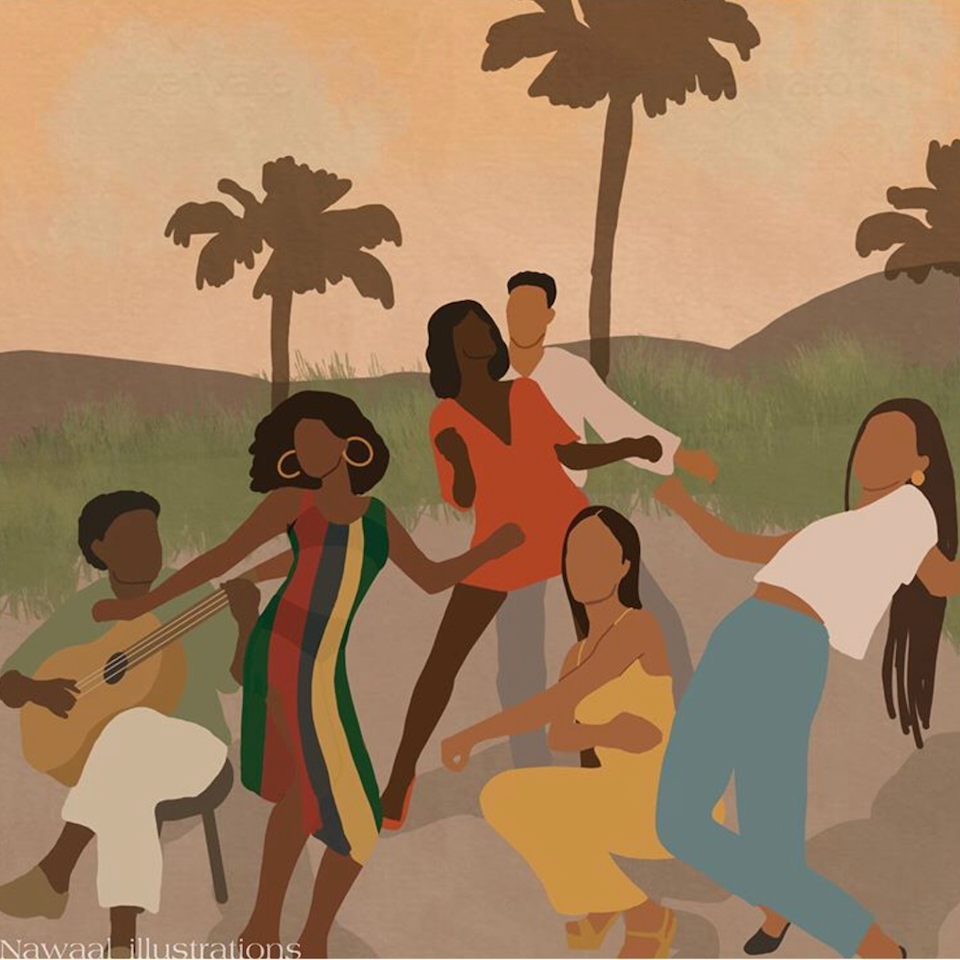


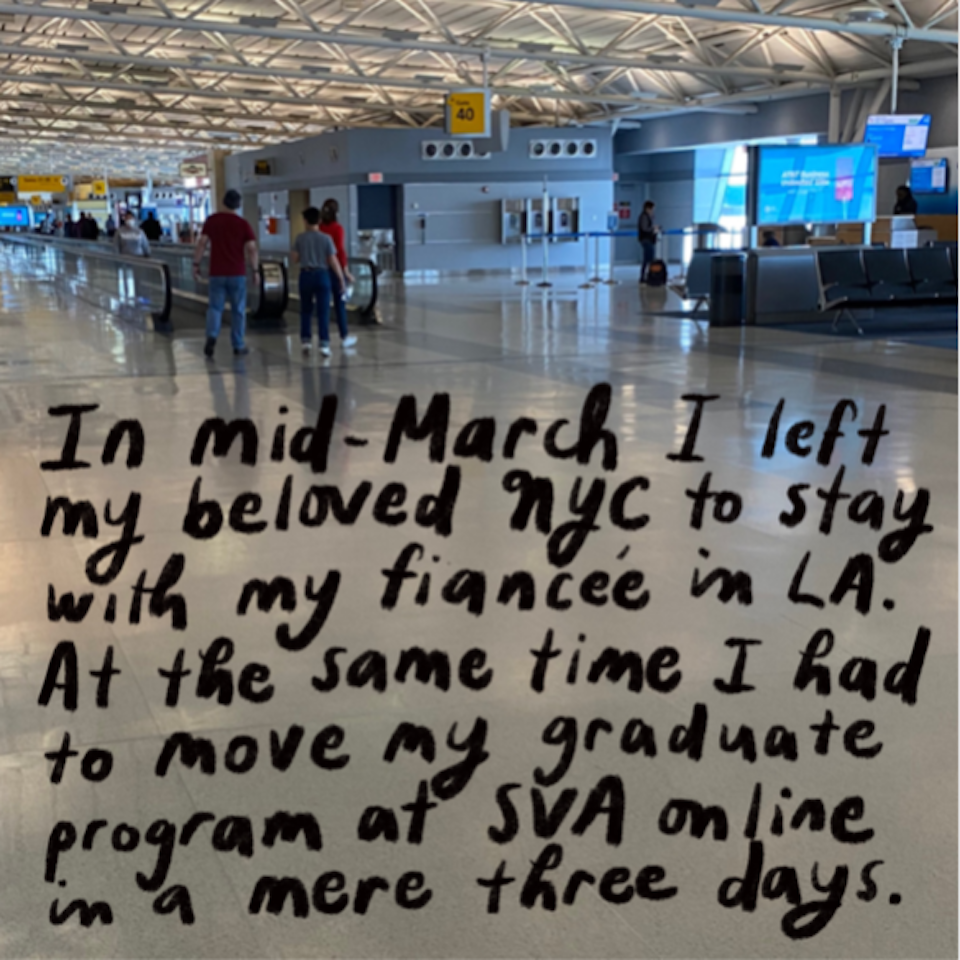
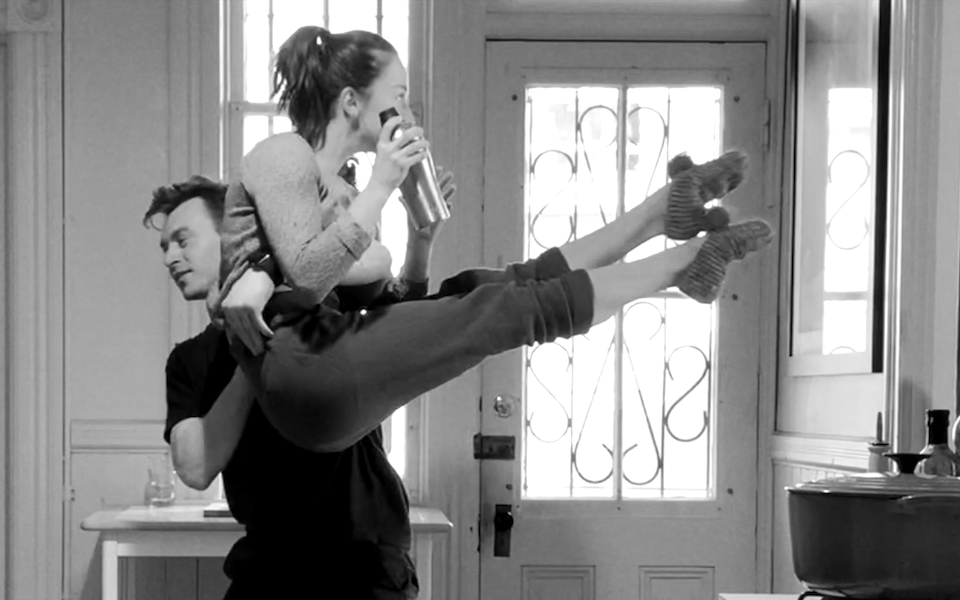
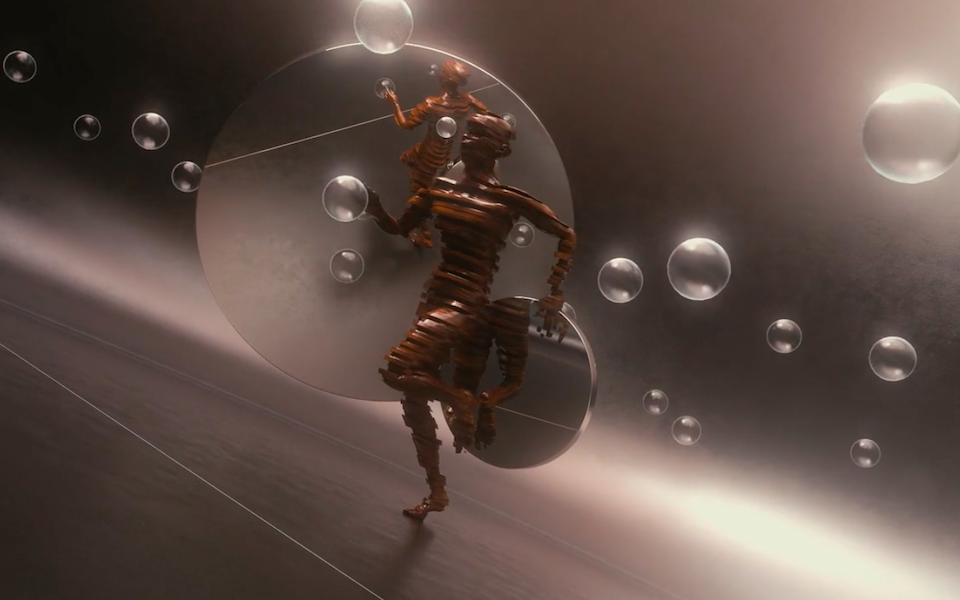
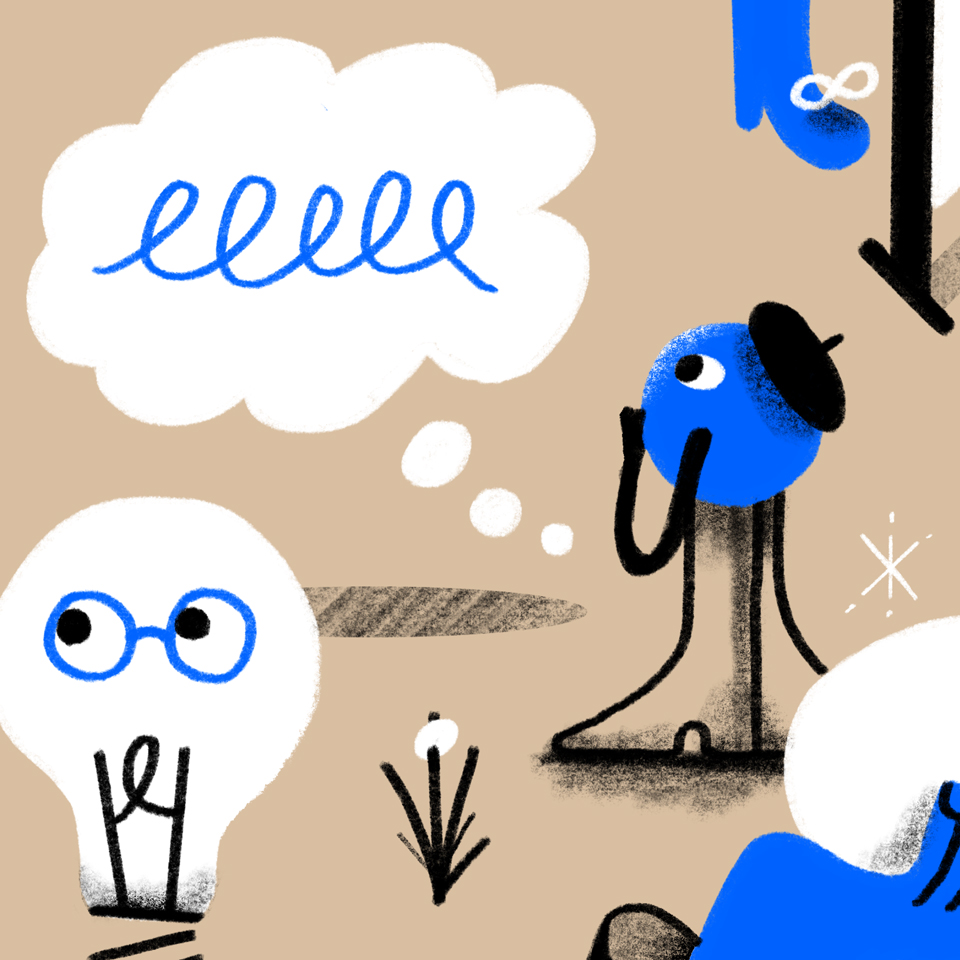
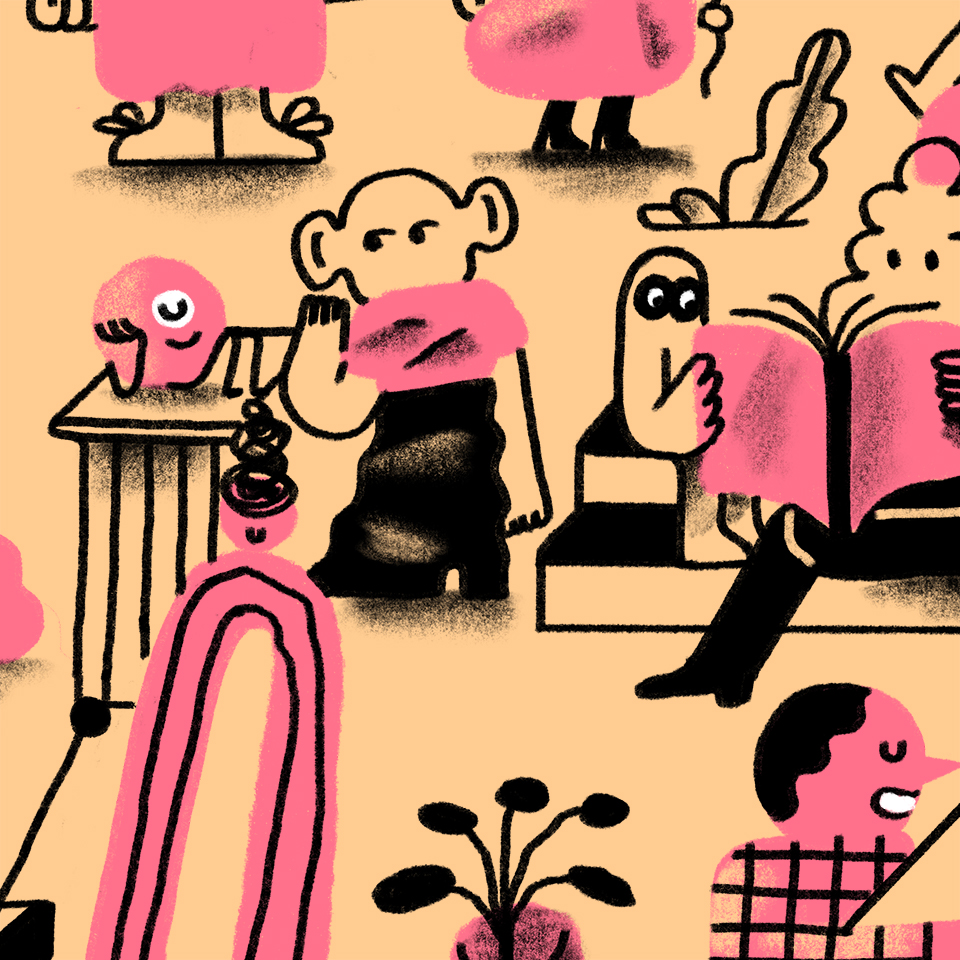


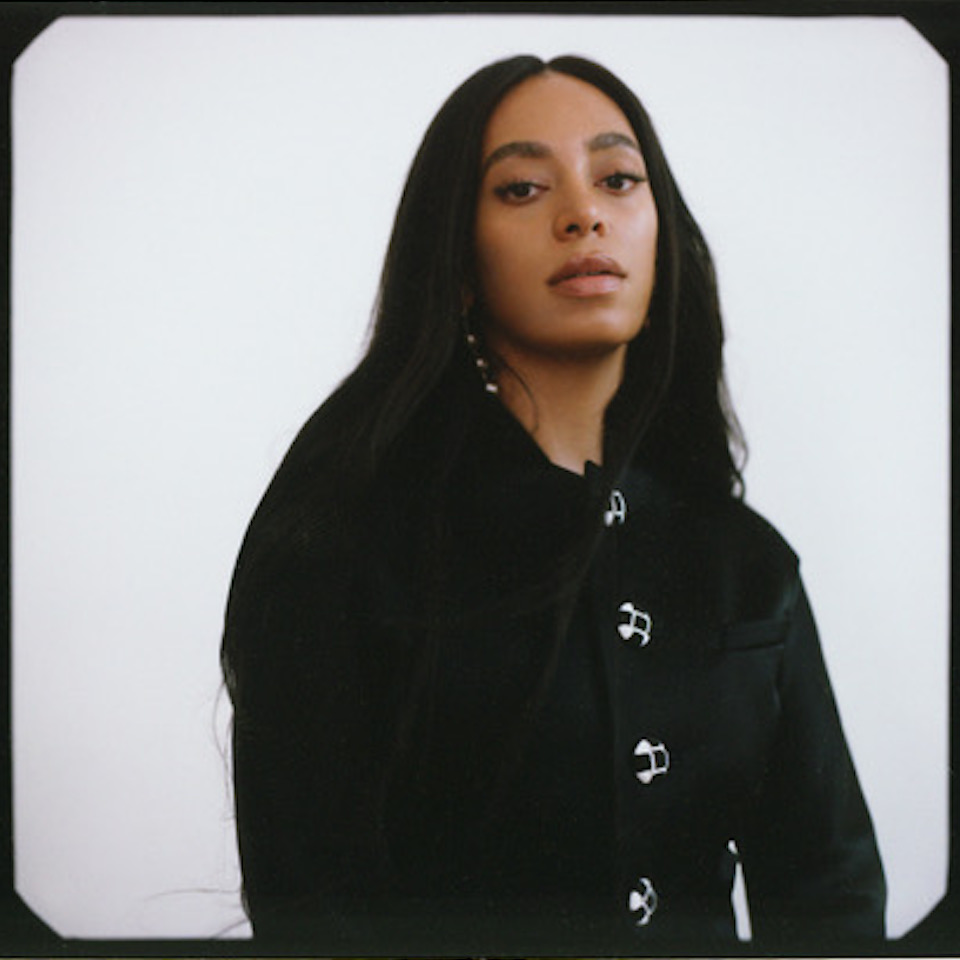

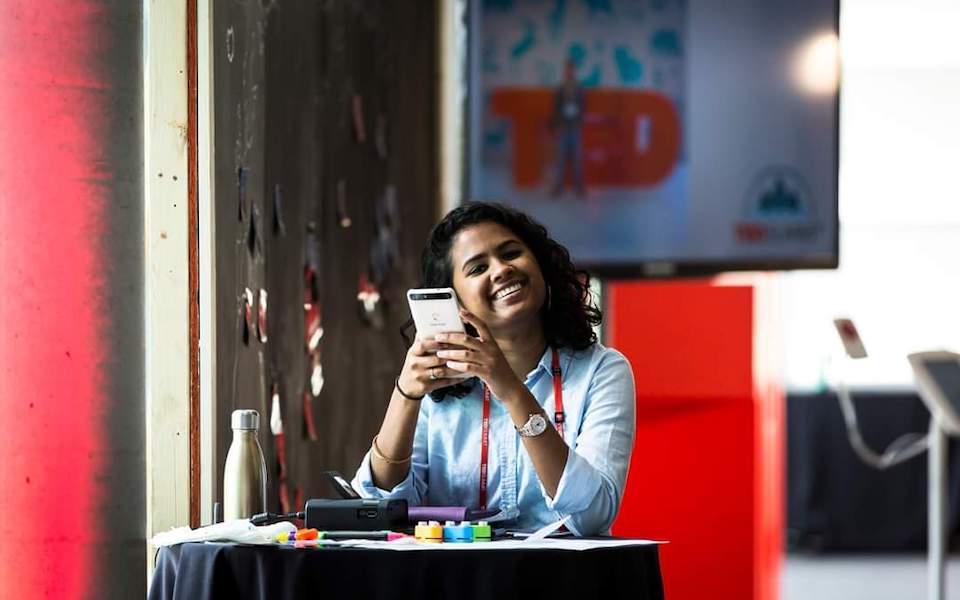



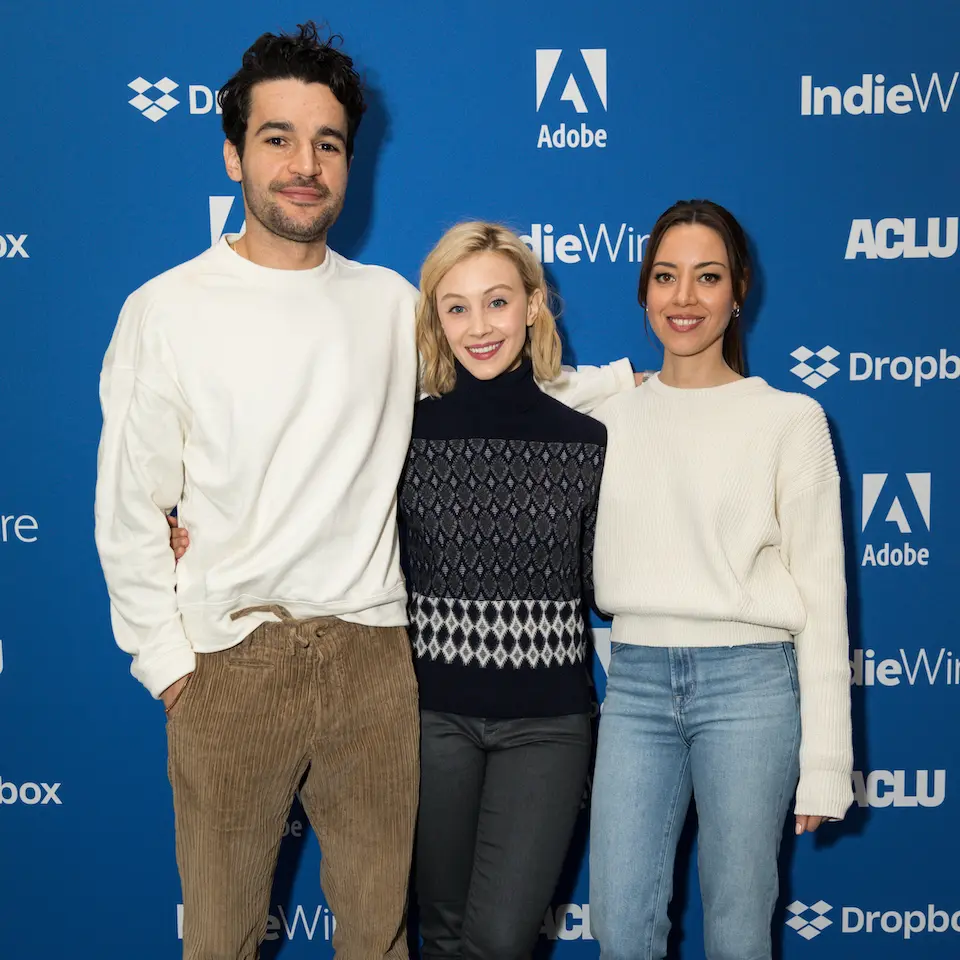



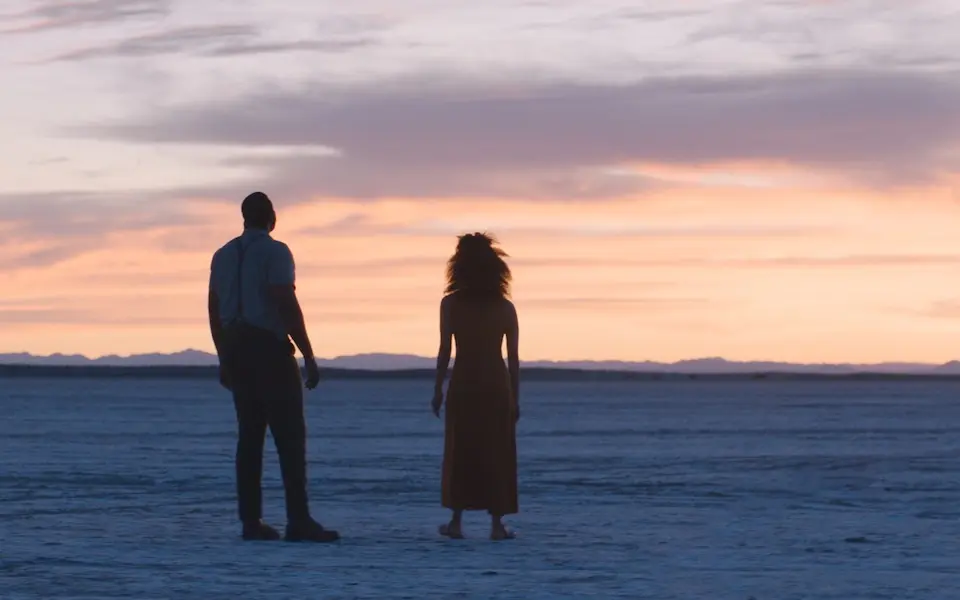



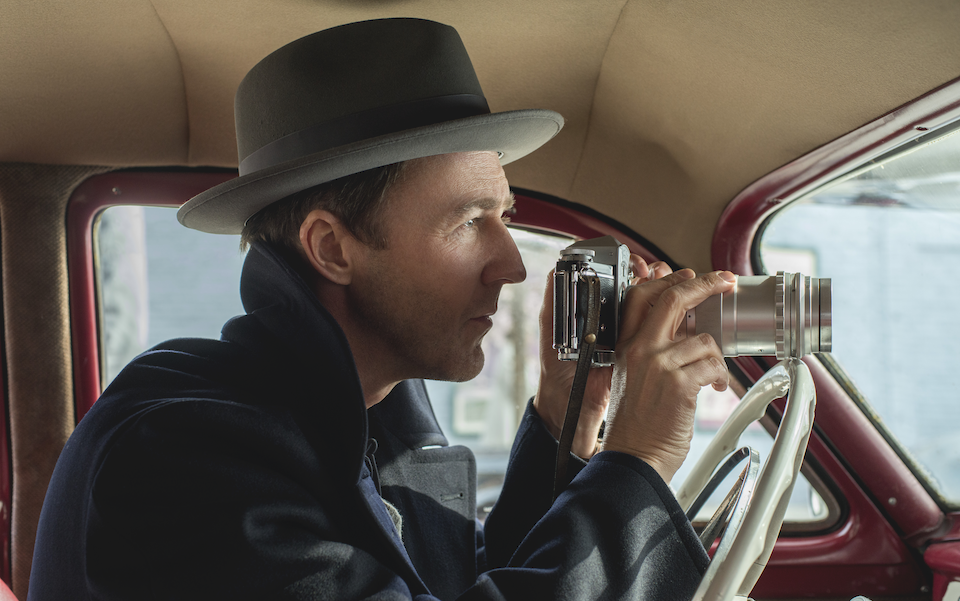
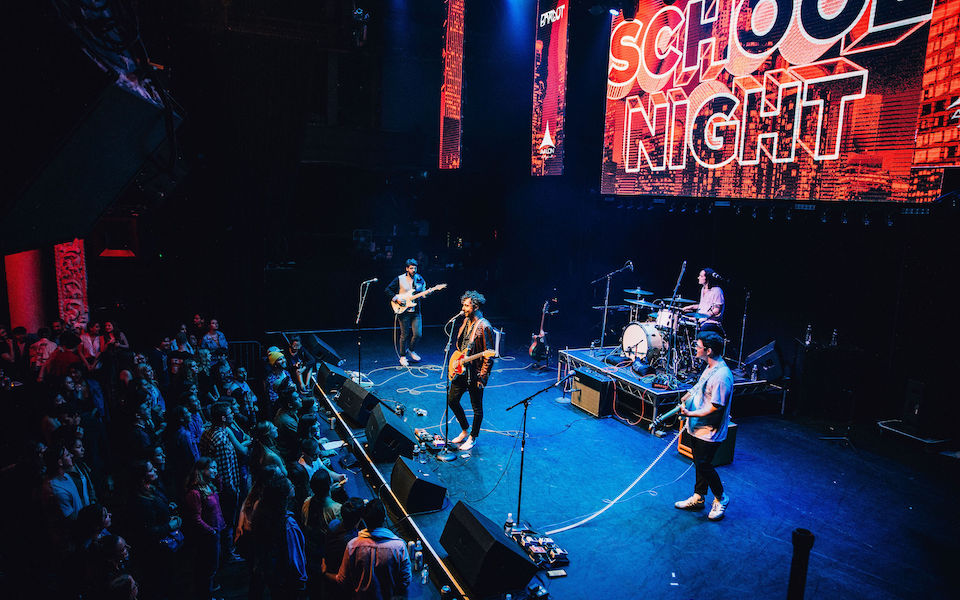
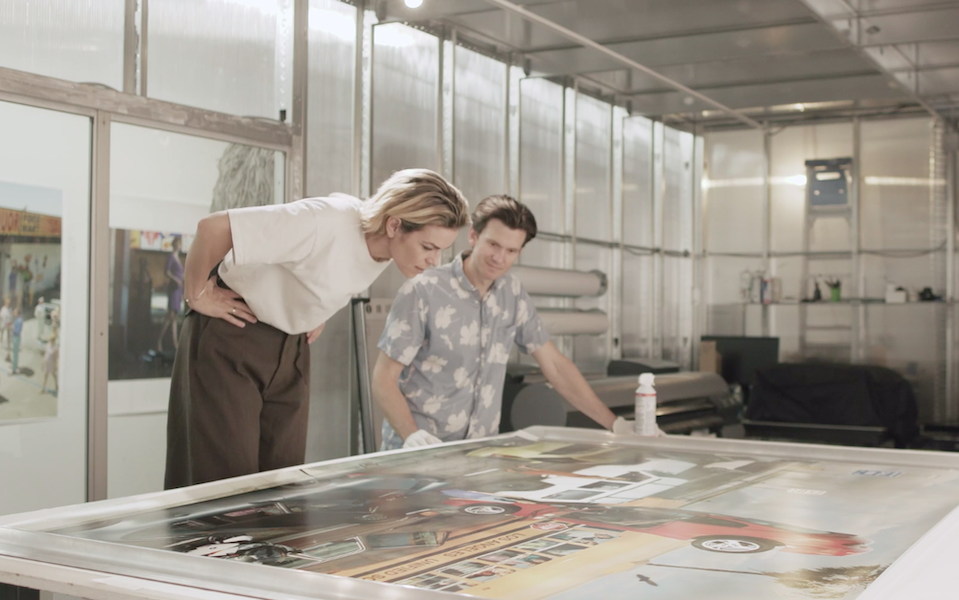









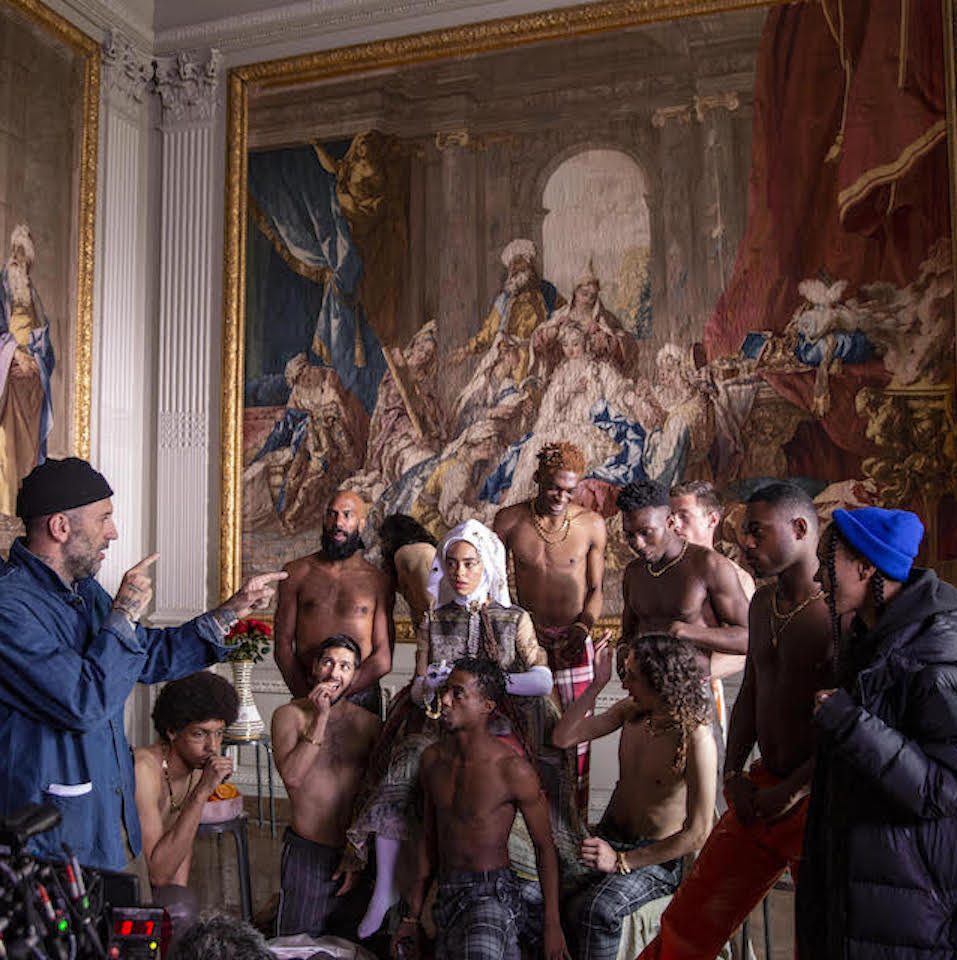

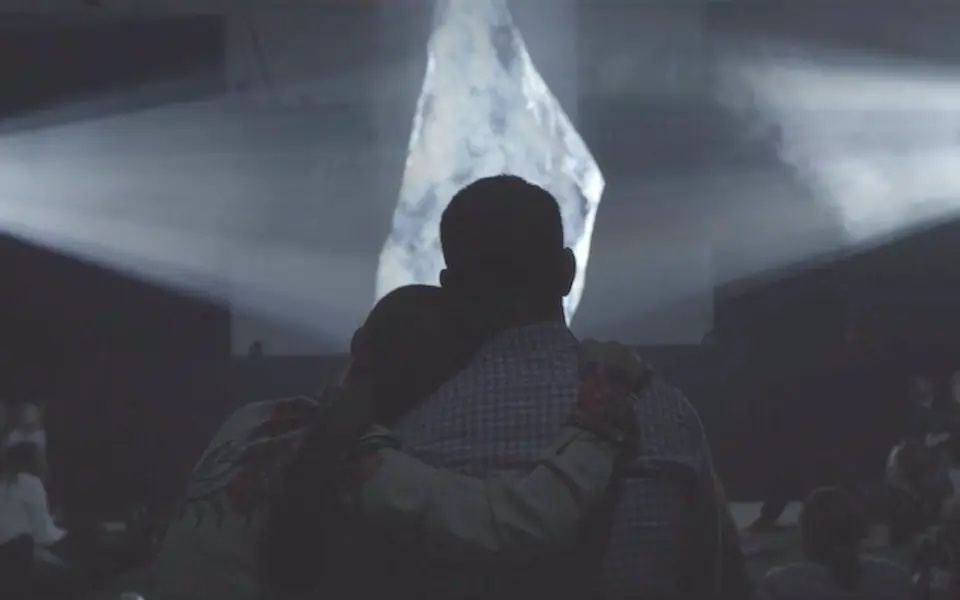
.png/_jcr_content/renditions/Karen%20O%20%2B%20Danger%20Mouse%20(photo%20by%20Eliot%20Lee%20Hazel).webp)





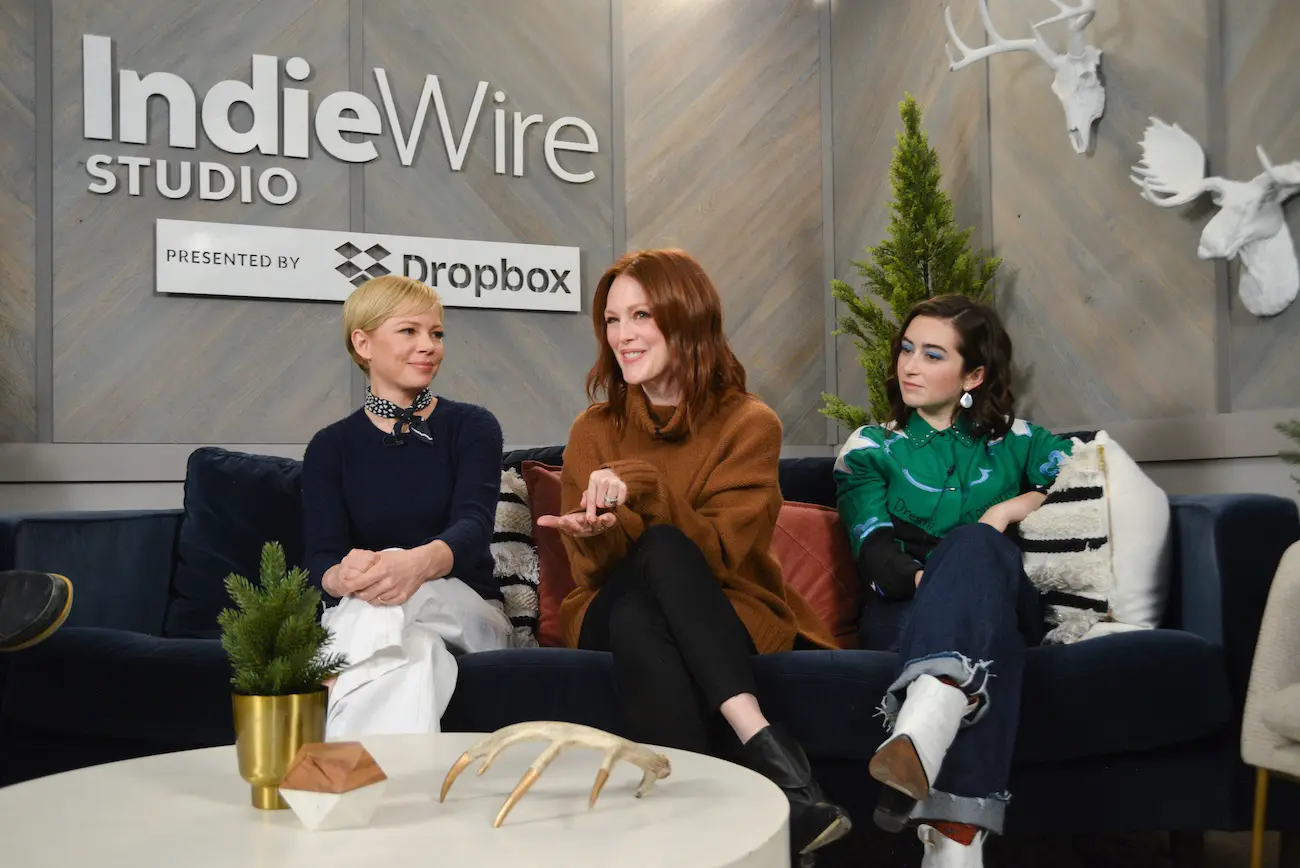


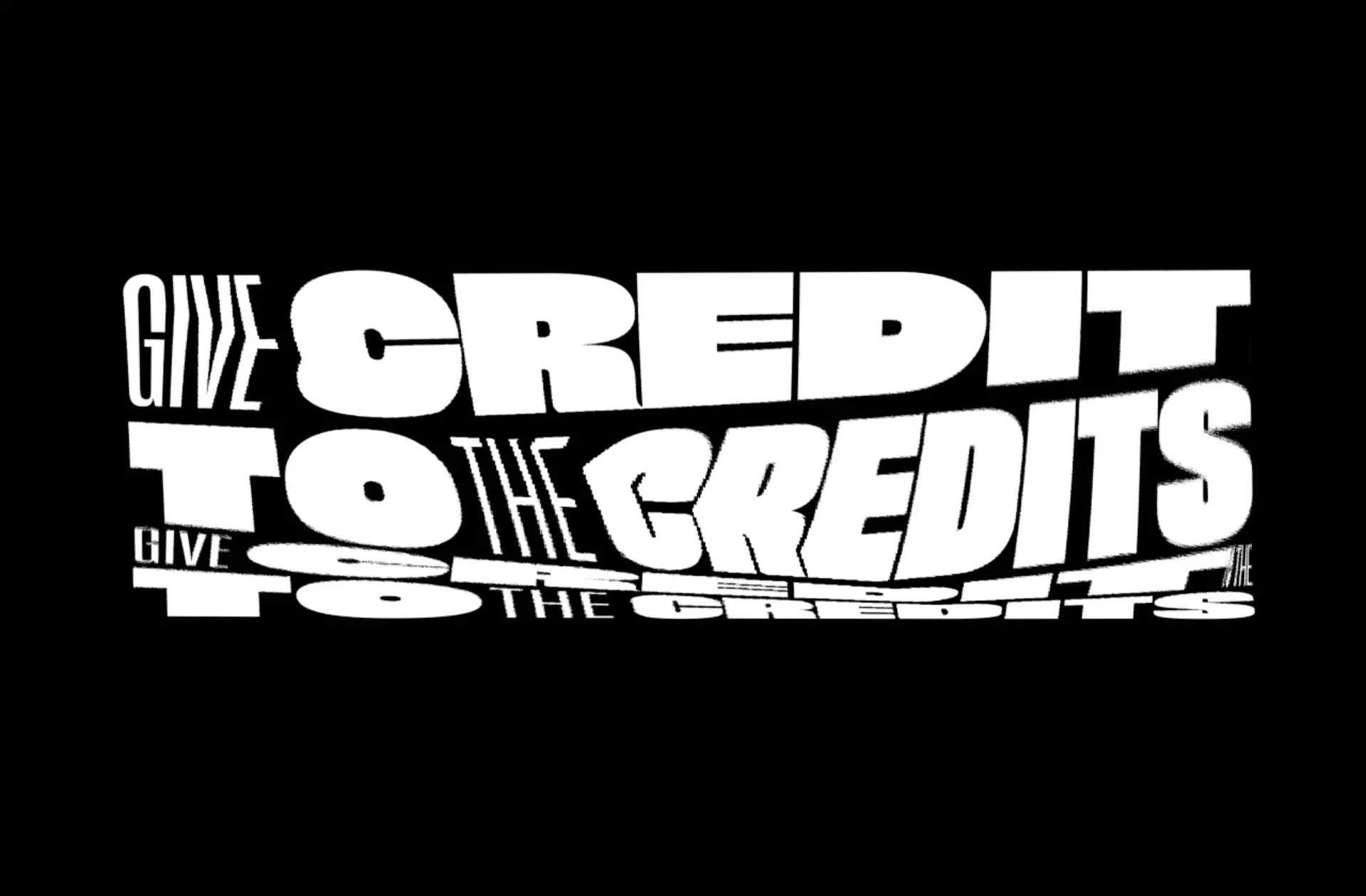
.jpg/_jcr_content/renditions/Extremely%20Wicked%20Shockingly%20Evil%20and%20Vile_Sundance19_Director%20Joe%20Berlinger%20(3).webp)

.jpg/_jcr_content/renditions/Bedlam%2014%20(1).webp)
